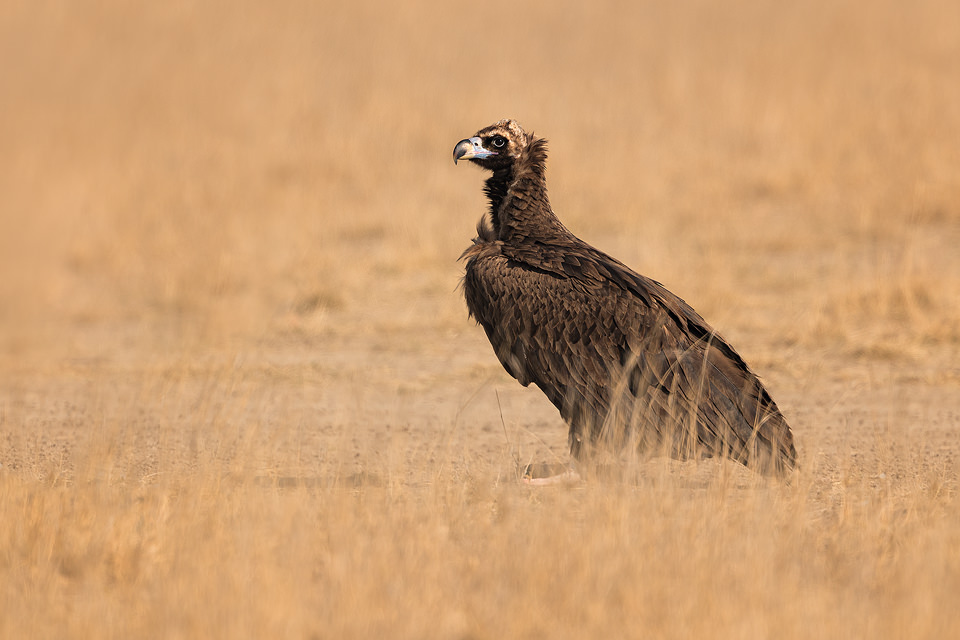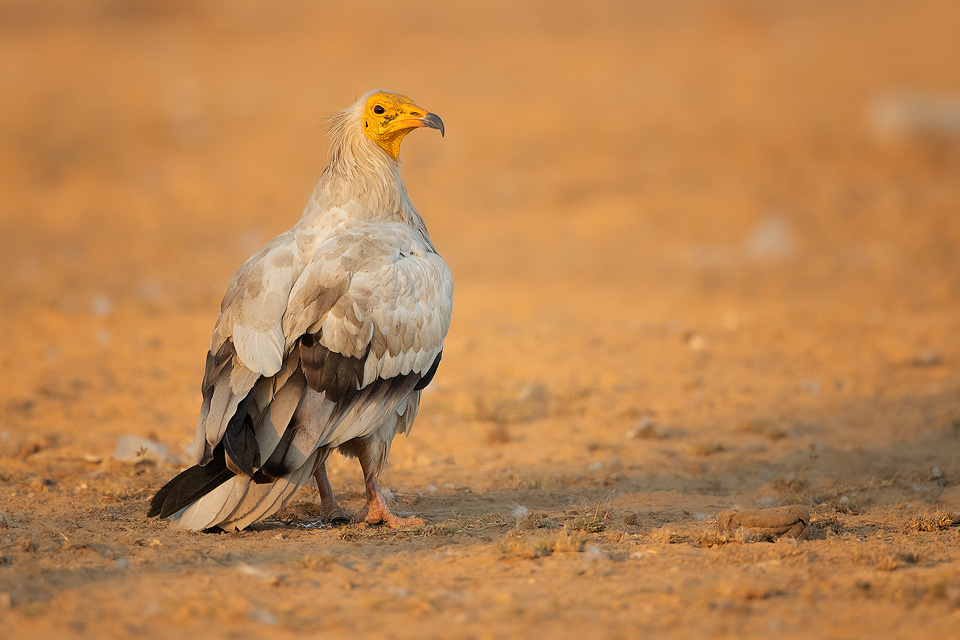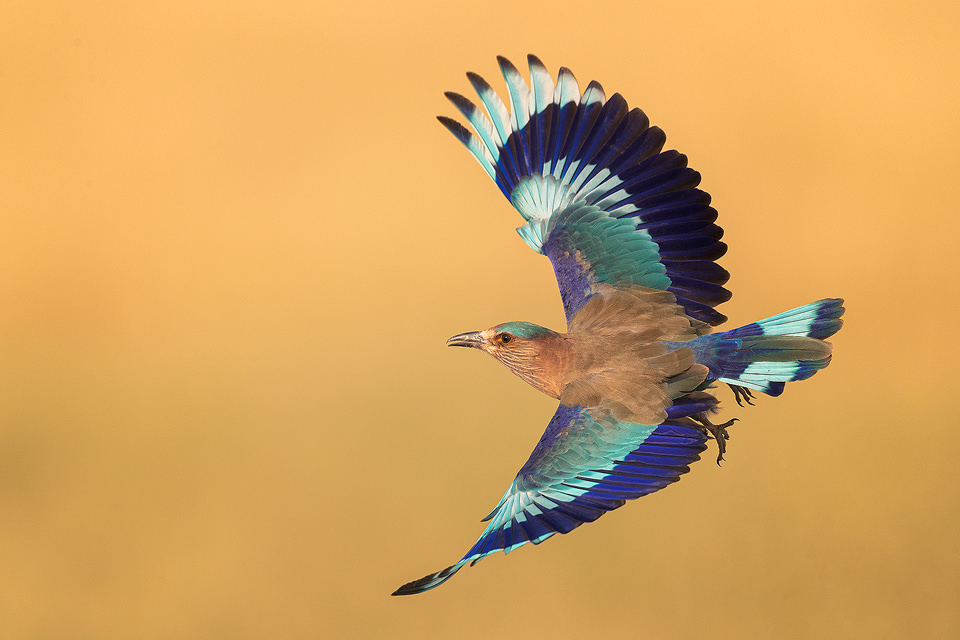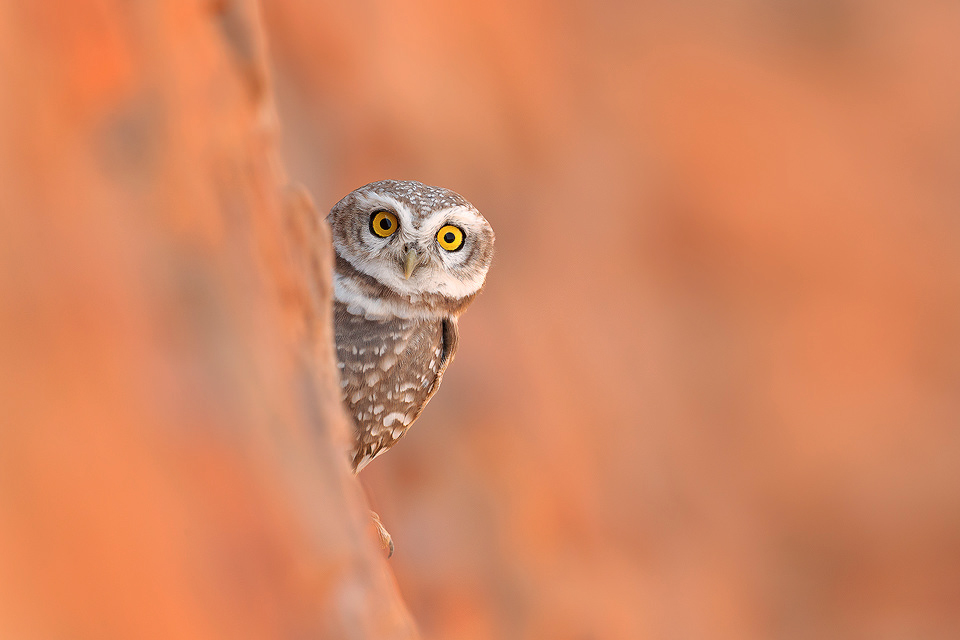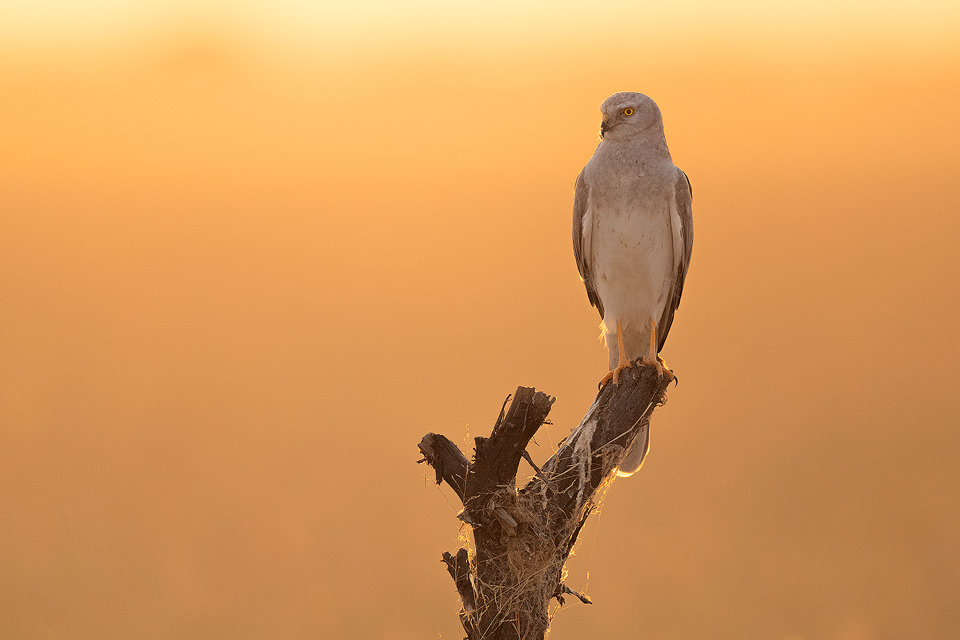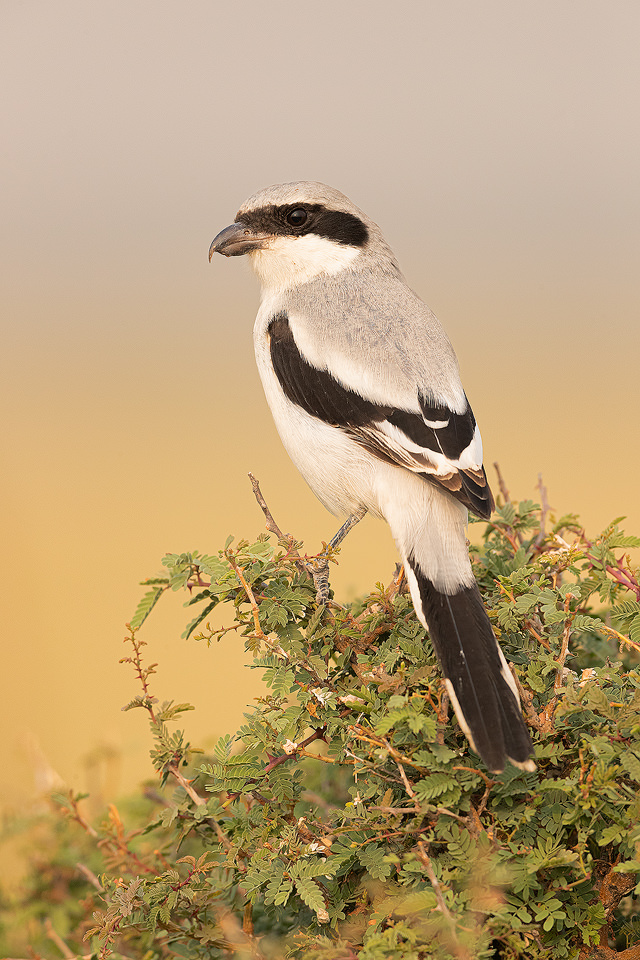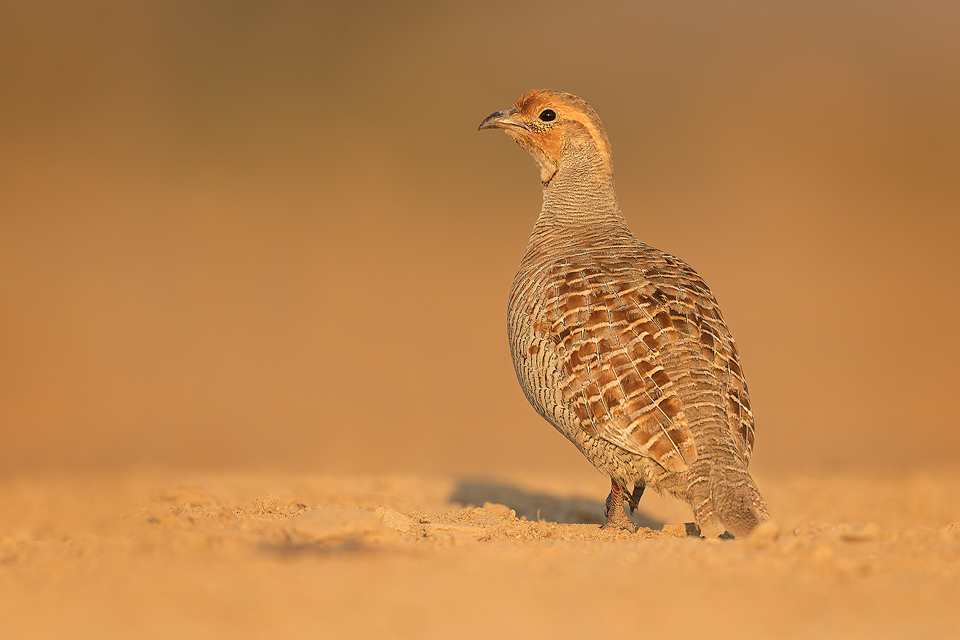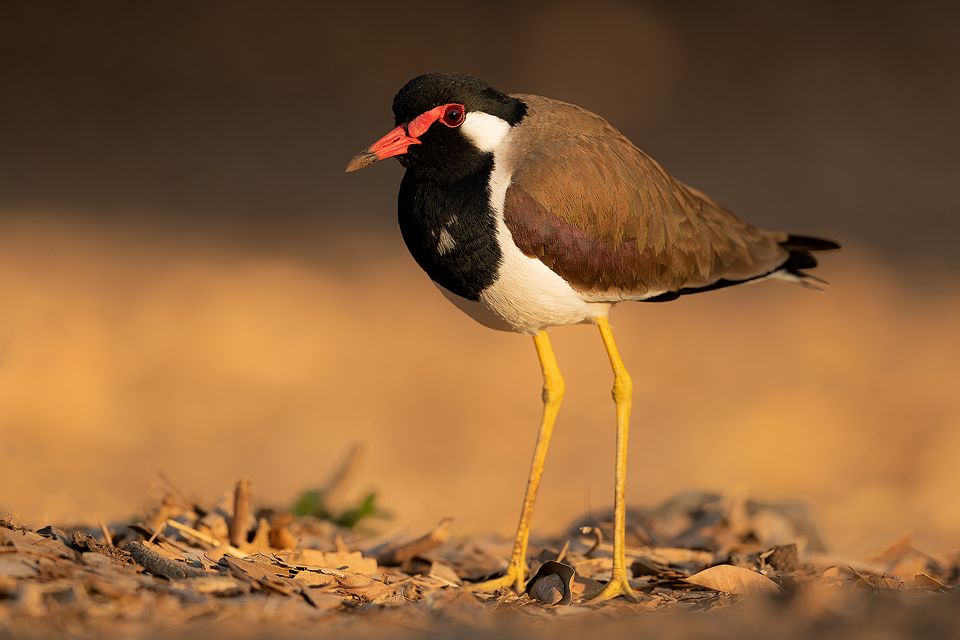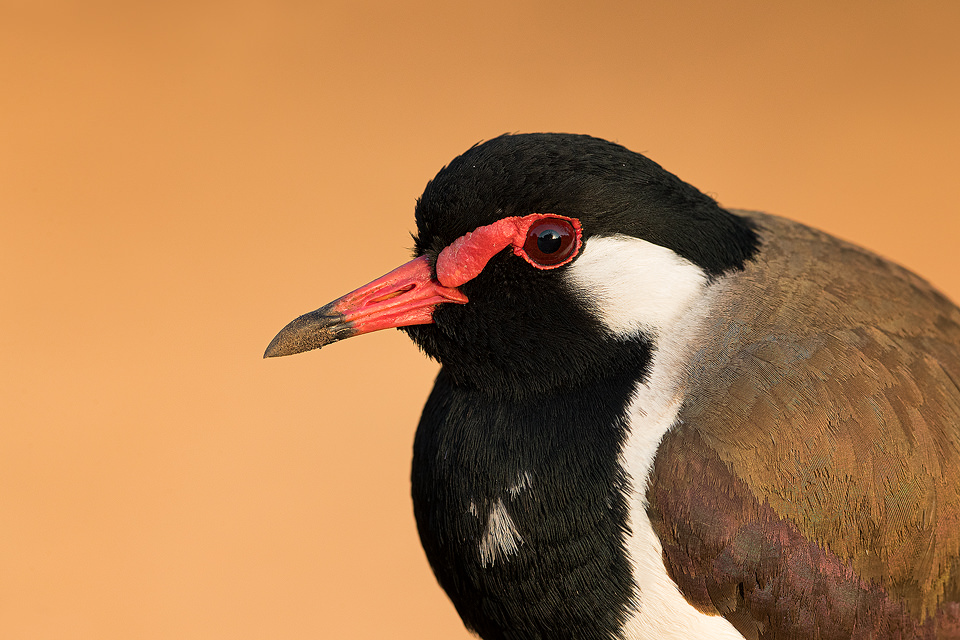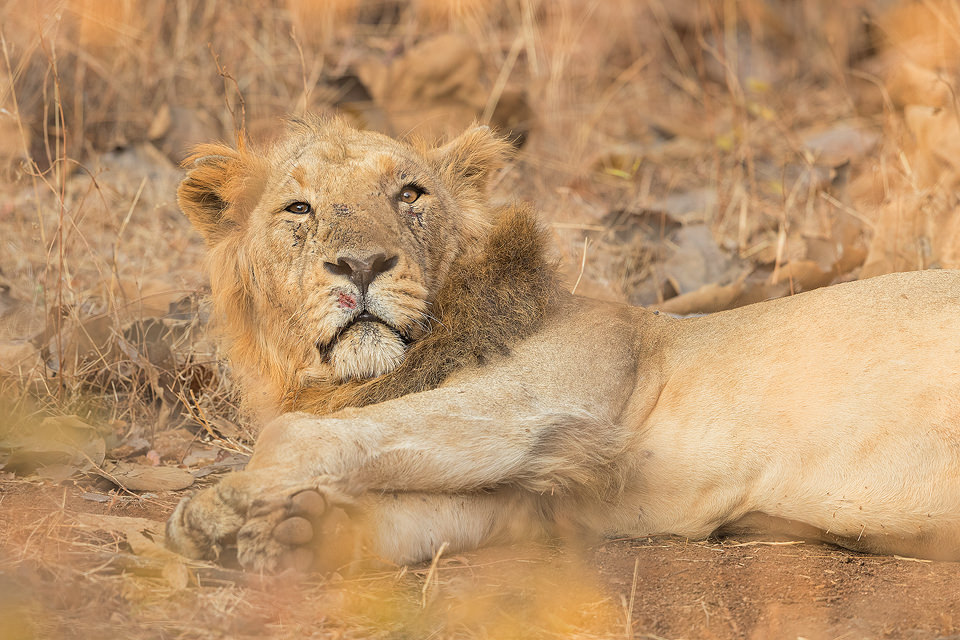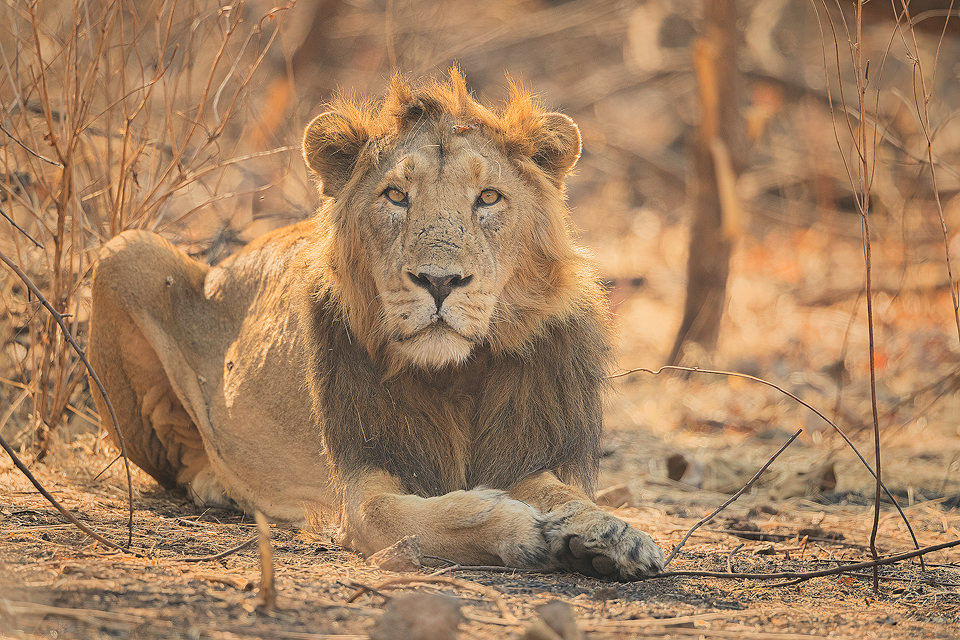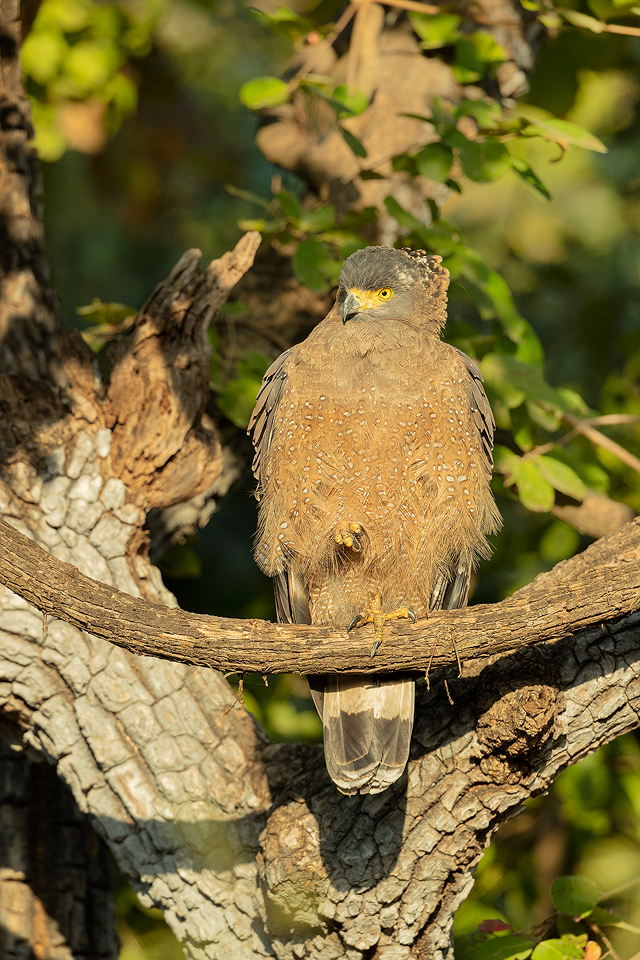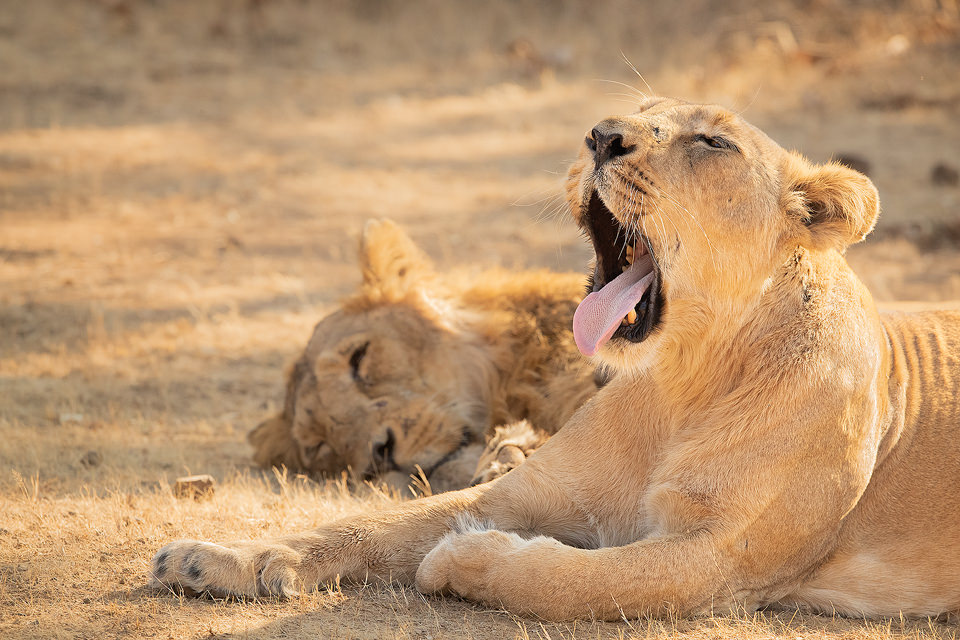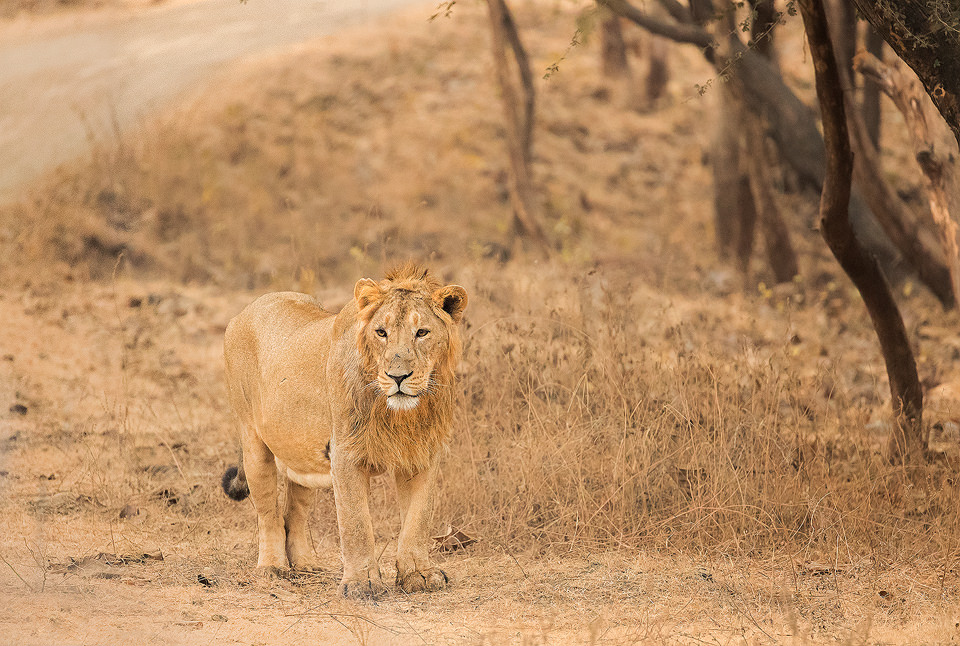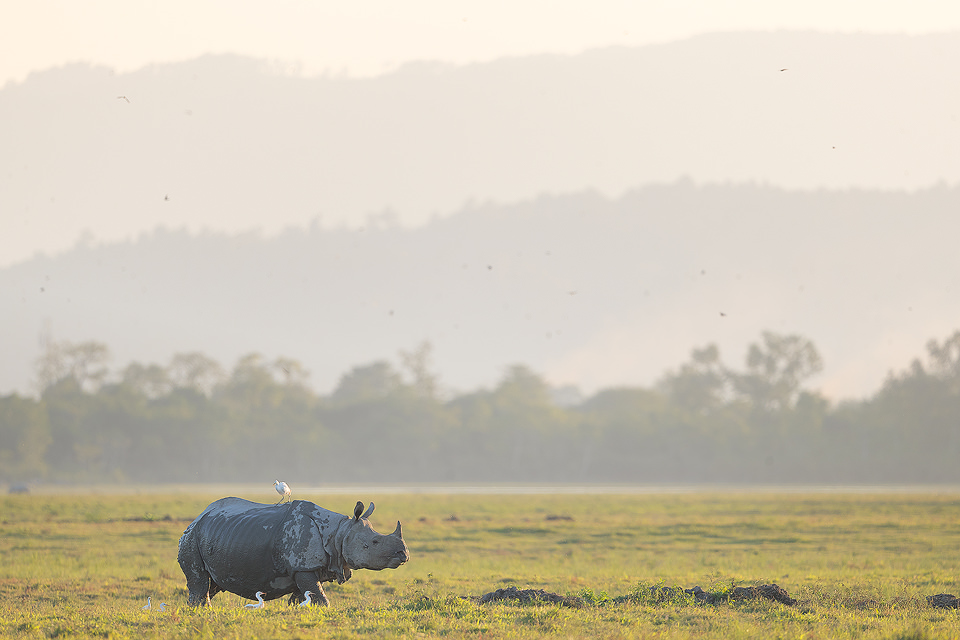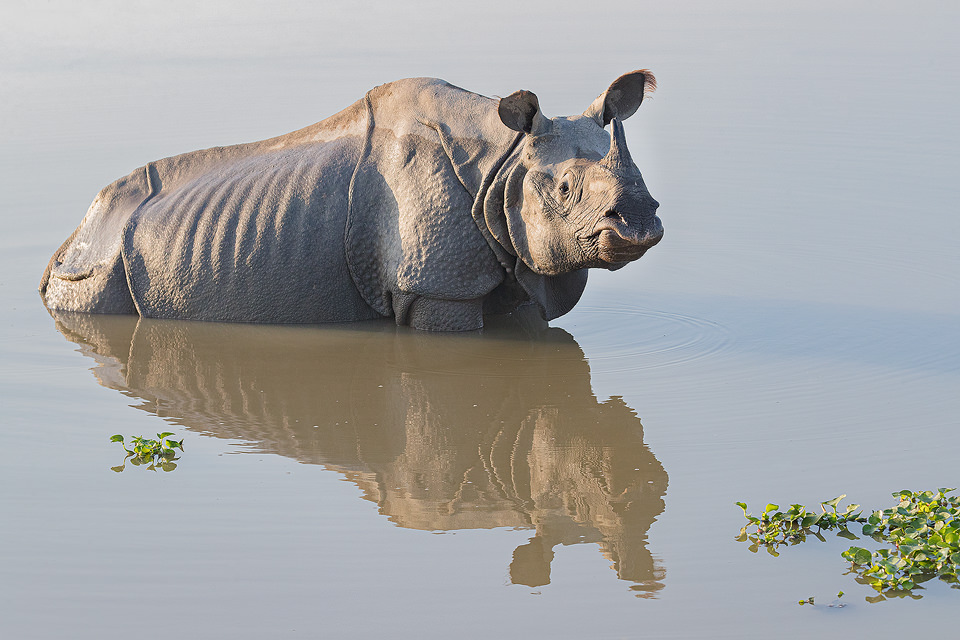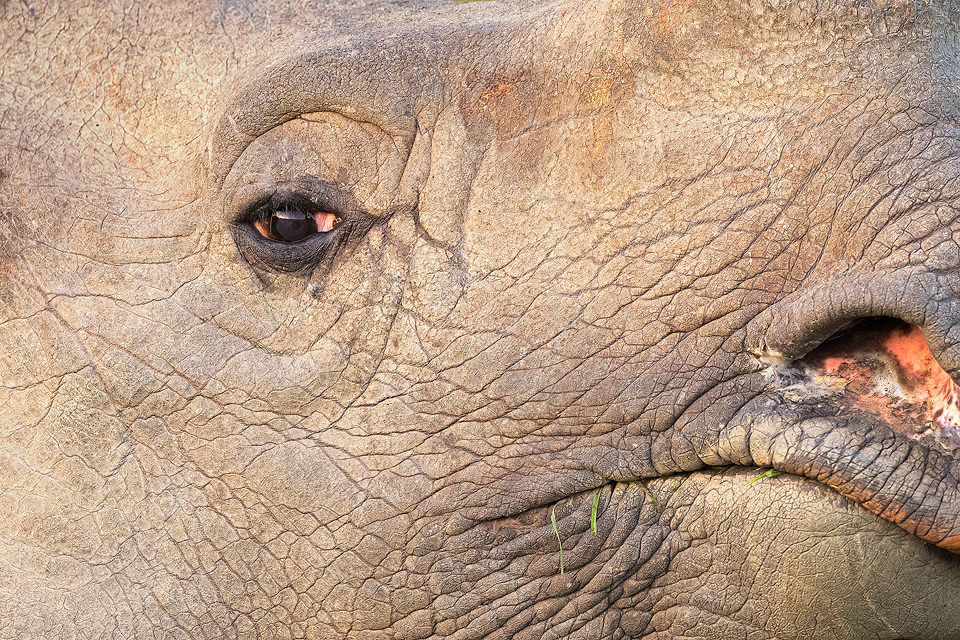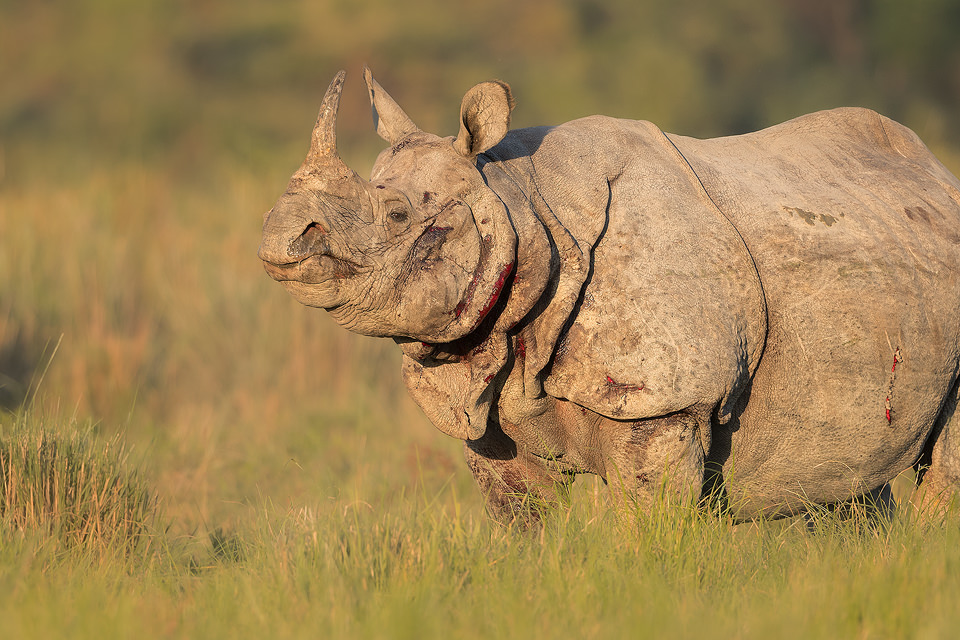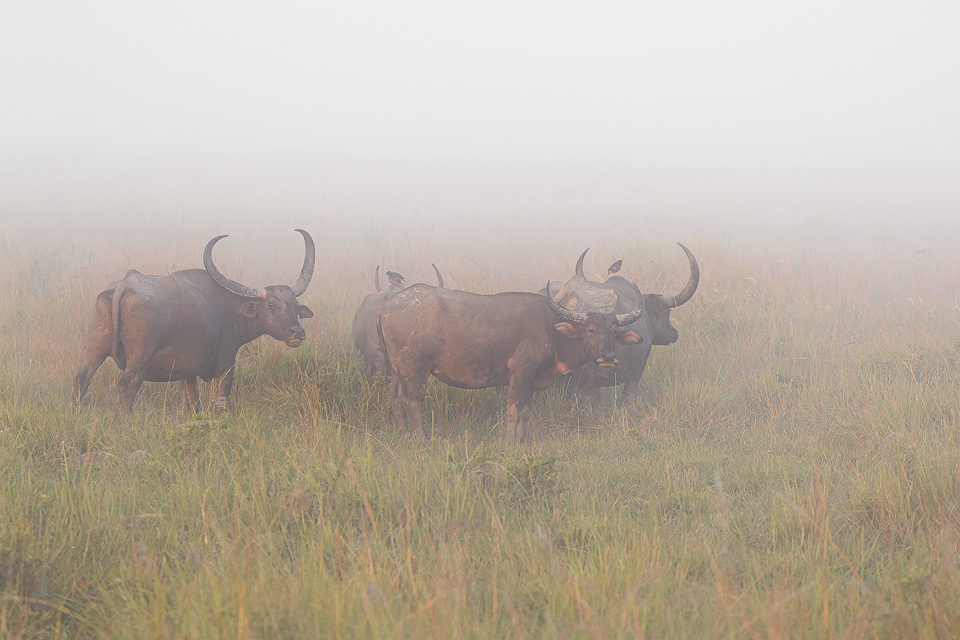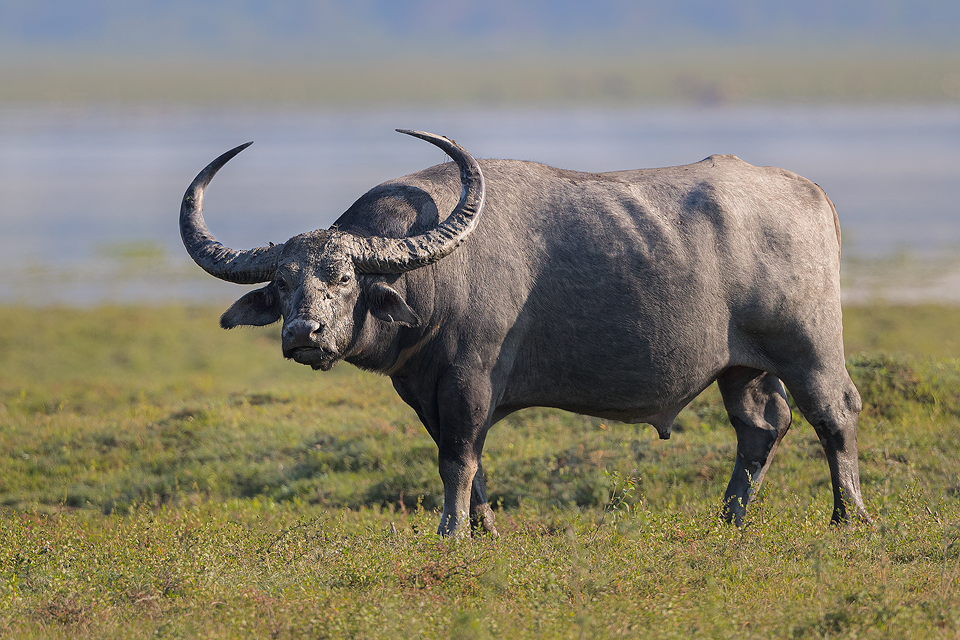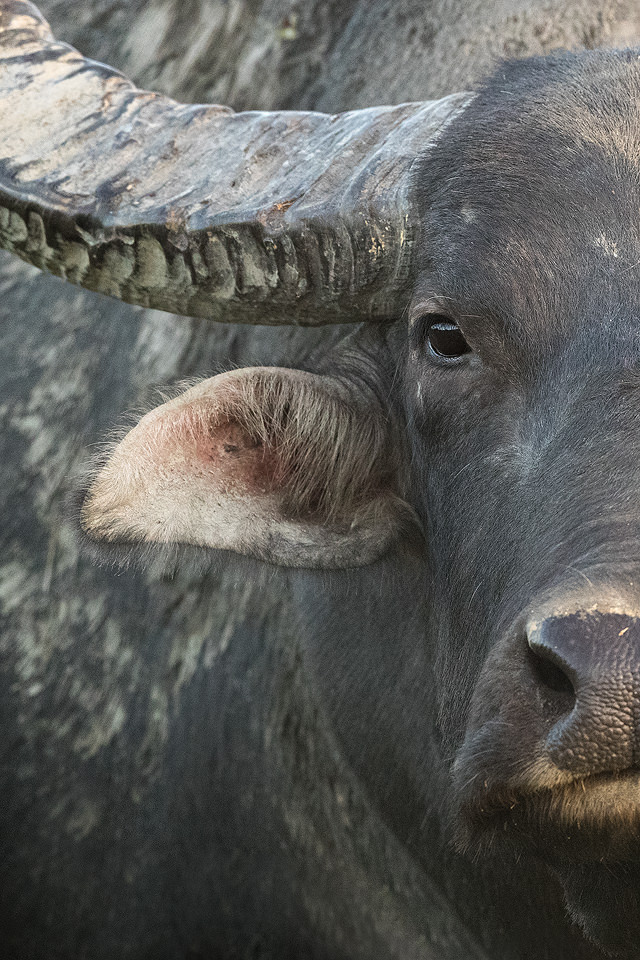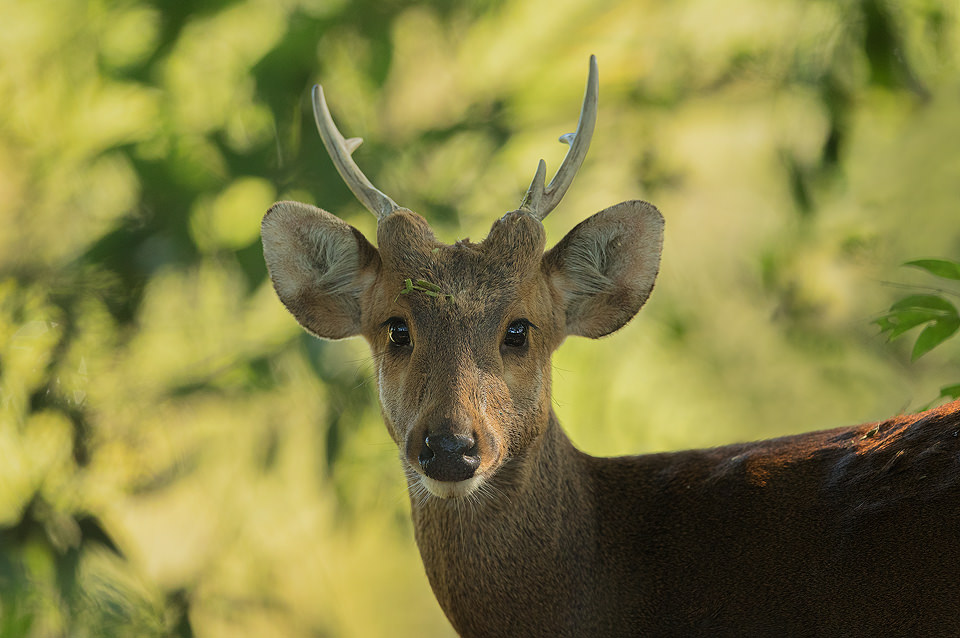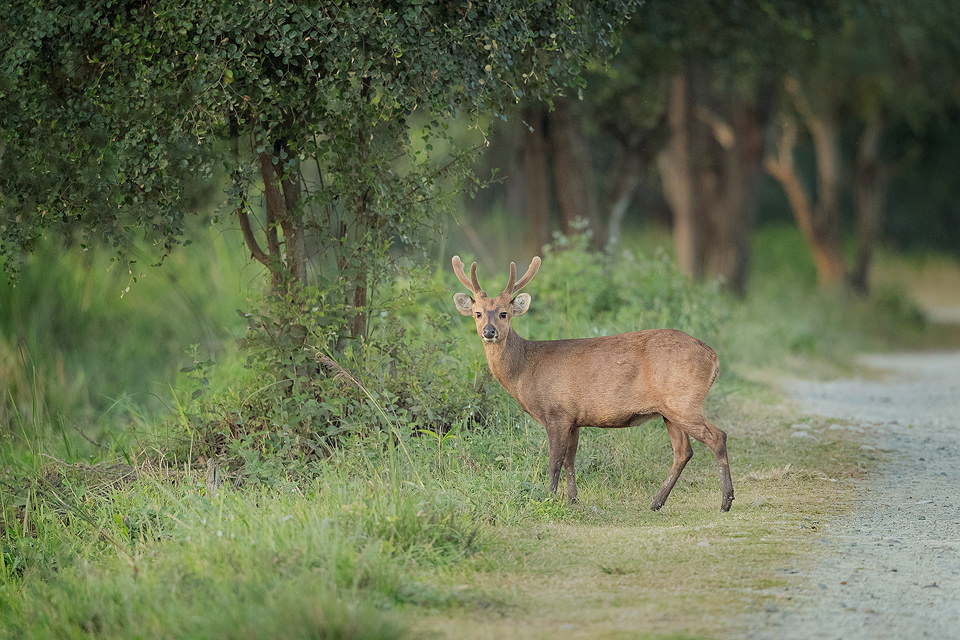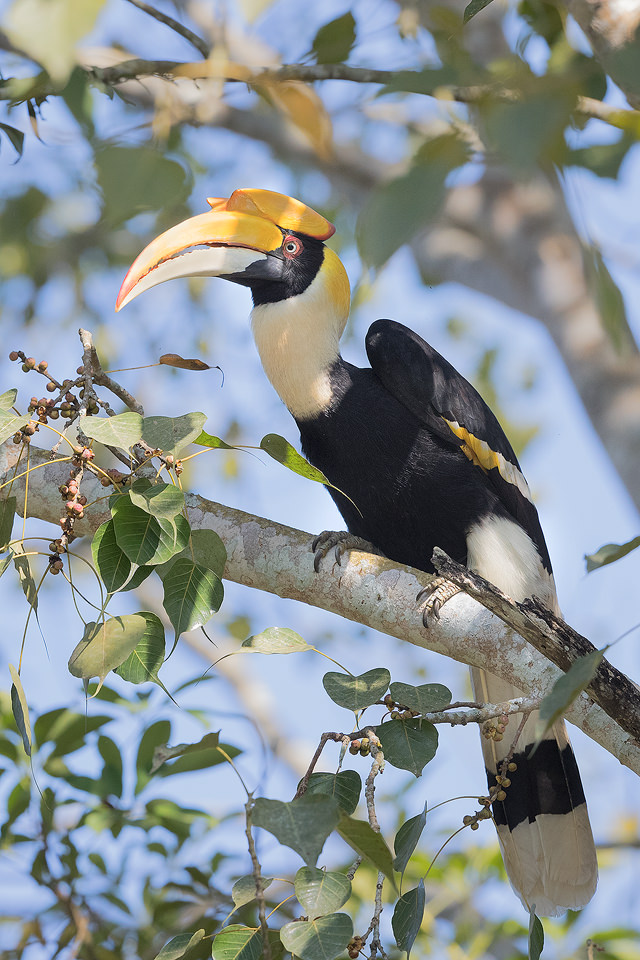The Indian wolf (Canis lupus pallipes) is a subspecies of the grey wolf that ranges from Southwest Asia to the Indian Subcontinent. They are found in grasslands, scrubland and open forests and once roamed across the arid and semi-arid regions of the entire Indian peninsula. For the last two centuries wolves have been vilified and persecuted as vermin. Now under serious threat of extinction, the future of the Indian wolf is uncertain.

Indian wolf chasing a blackbuck
Rapid deforestation and an ever expanding human population have shrunk the hunting grounds of the Indian wolf, reducing wild prey. As a result, the wolves are forced to prey on livestock, bringing them into direct conflict with humans. Currently less than 3000 Indian grey wolves survive in India, mainly in Rajasthan, Gujarat, Maharashtra, and Karnataka.
One place well known for wolves in India is Velavadar National Park in Gujarat. Here they truly are kings of the grassland. With no larger predators around such as tigers or leopards, they are the apex predator here and as such tend to be bolder than Indian wolves elsewhere. In these grassland habitats their only direct competition is from packs of feral dogs and striped hyenas that scavenge their kills.

Striped Hyena with scavenged blackbuck carcass.
However even in Velavadar spotting wolves is no mean feat. These unseen predator, or ‘ghosts of the grassland’ are seemingly able to appear and disappear like magic. Tracking them effectively takes many years of training and expertise. You could be just a few metres away from a wolf sitting in the grassland but have absolutely no idea.
Indian wolves lack the dense coat of their European and North American cousins, due to living in much warmer conditions. During the blazing Indian summer heat these wolves have especially short thin fur, except for on their backs which remains long, thought to be an adaptation against solar radiation.

Indian wolf chasing down young blackbuck antelope. Velavadar National Park, India.
Indian grey wolves are highly social animals living in packs of 6-10 individuals with complex social hierarchies. Typically only the alpha pair will mate and birth a litter of pups, however all members of the pack help in raising the litter and the pups will start moving with the pack after they are around 8 months old.
These grassland specialists are the primary predators of the graceful blackbuck. Over the millennia blackbucks have evolved amazing speed and agility to cope with the now locally extinct Asiatic cheetah. Now these lanky Indian wolves have to outmanoeuvre and take down these agile antelopes.

Male blackbuck antelope
Indian wolves are highly territorial and primarily hunt during the night but can also be seen hunting during the day. Each member of the pack will regularly hunt for their own food, however when taking down larger prey such as blackbuck, they hunt in pairs or small groups. They are intelligent hunters and employ complex hunting methods such as one wolf acting as a decoy whilst another attacks from behind.

Indian wolf carrying a young blackbuck
Indian wolves are carnivores that prey upon a wide variety of animal species. Their varied diet helps to keep animal populations in check, thus benefiting different animal and plant species in their range. A particularly interesting study was done on the effects of this where wolves changed the course of rivers.
Wolf pups are born blind and their eyes open around 9-12 days after birth. When pups are around 3 months old they are ready to venture away from the den for the first time.

Indian wolf pup curiously watching a passing crow.
The primary threats to Indian wolves include habitat loss, unregulated hunting and reduced prey. They are frequently killed due to being considered as livestock predators. They have also been known to prey on humans, particularly young children, bringing further conflict and persecution.
With an already staggering reduction in numbers, if something is not done soon we could see these enigmatic animals disappear altogether.

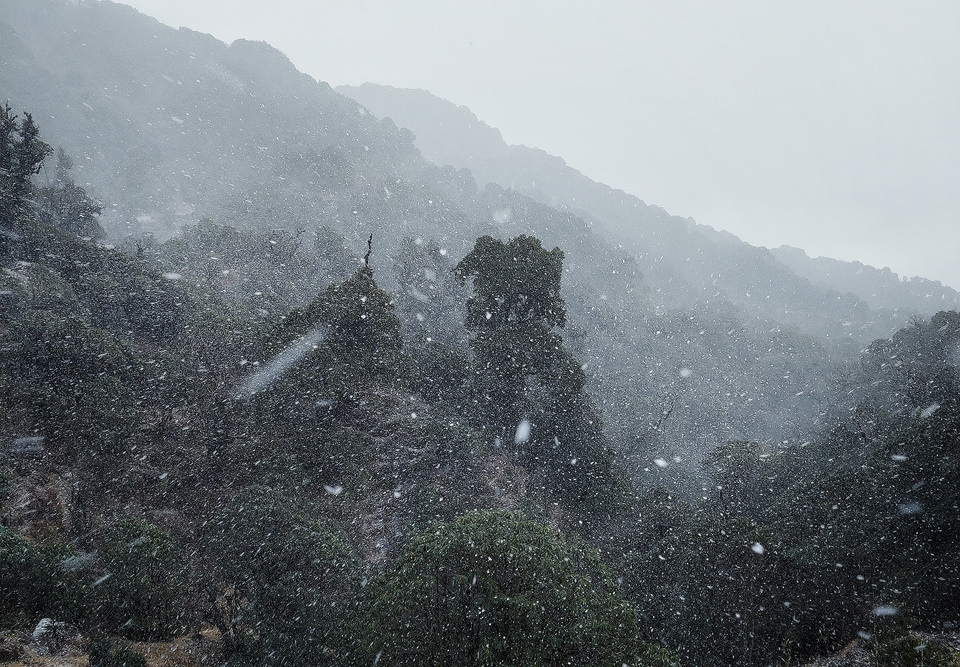
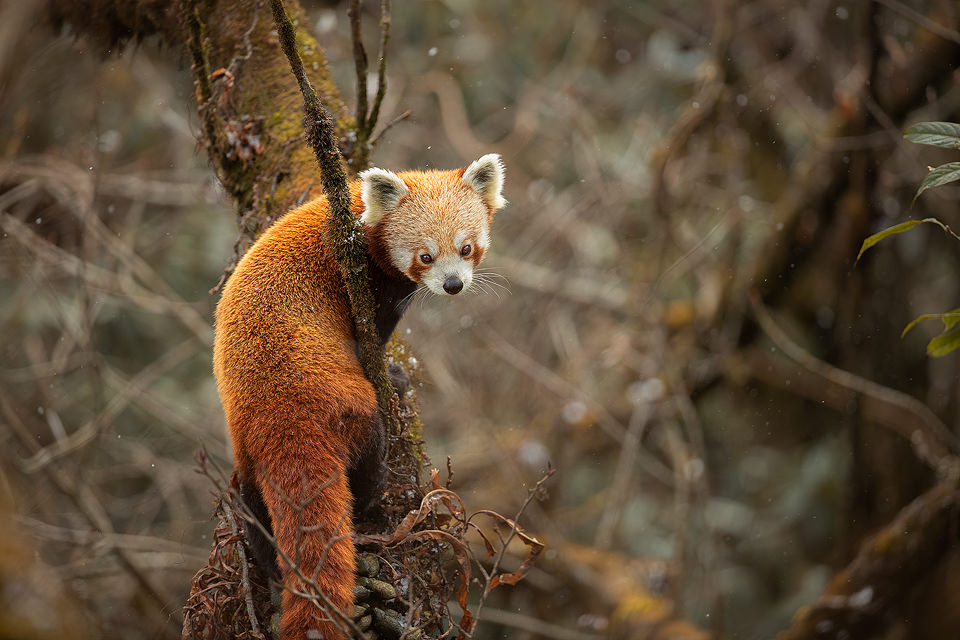
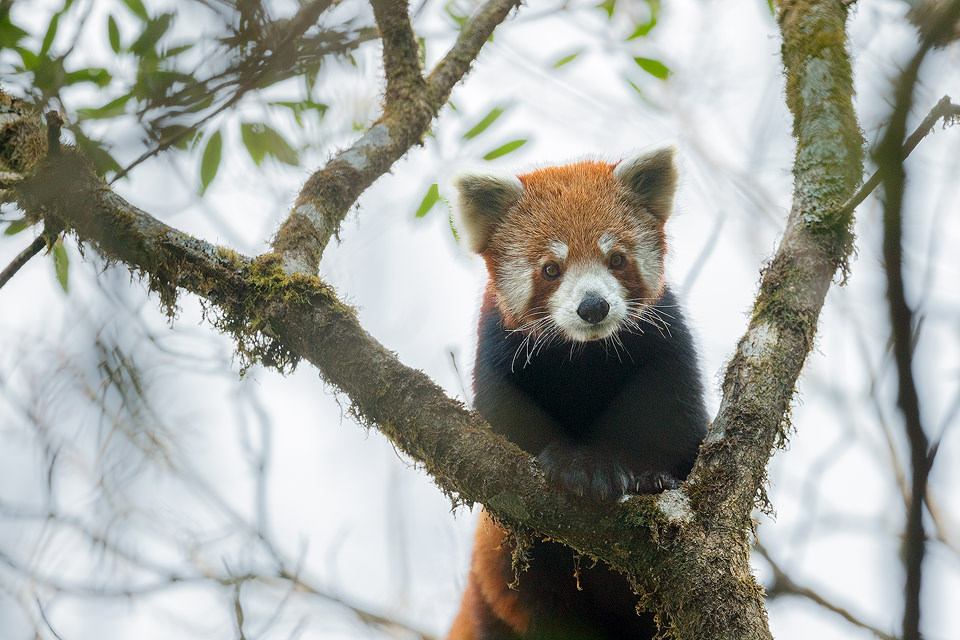
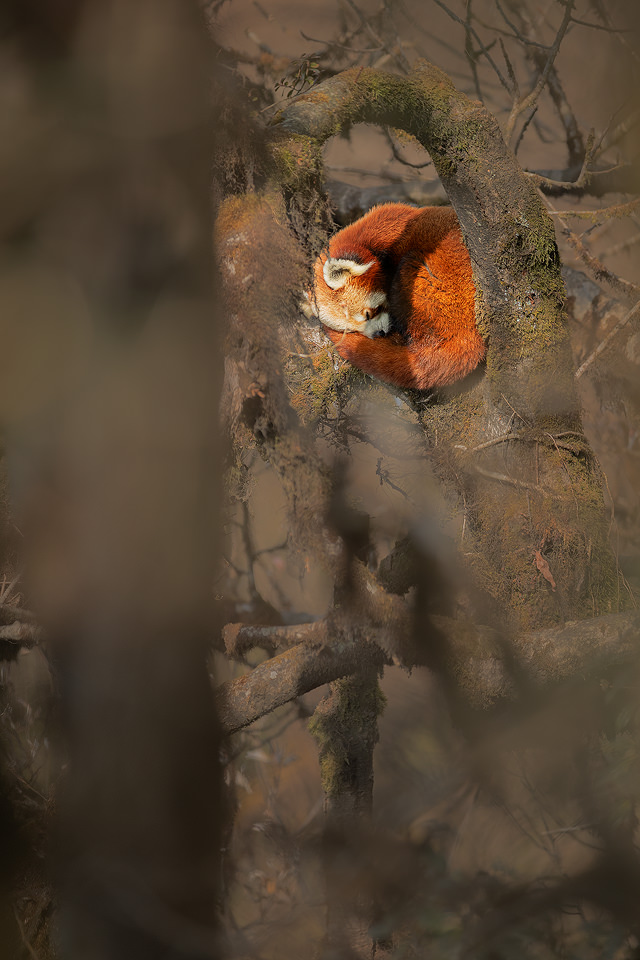
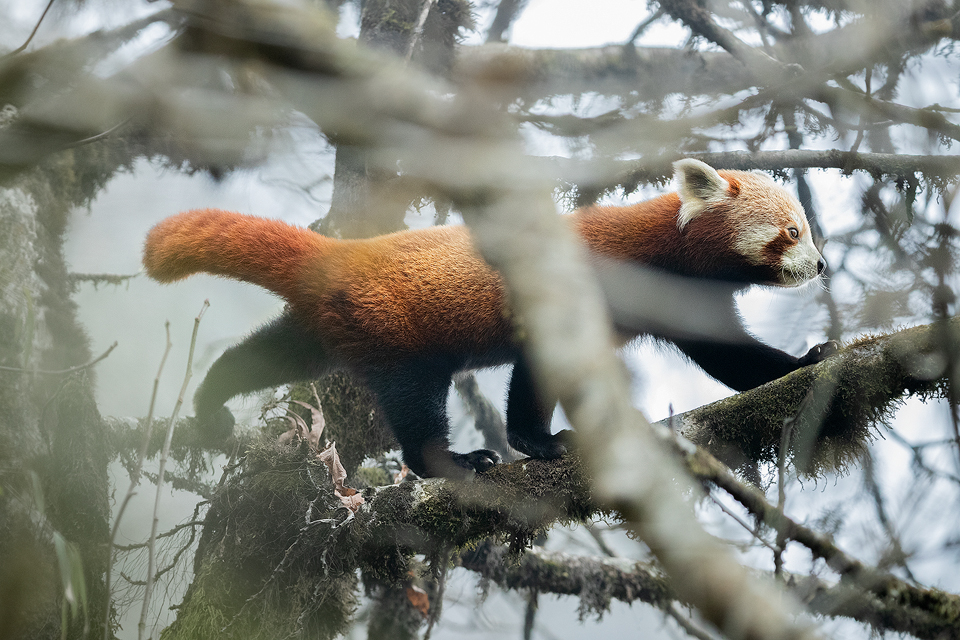
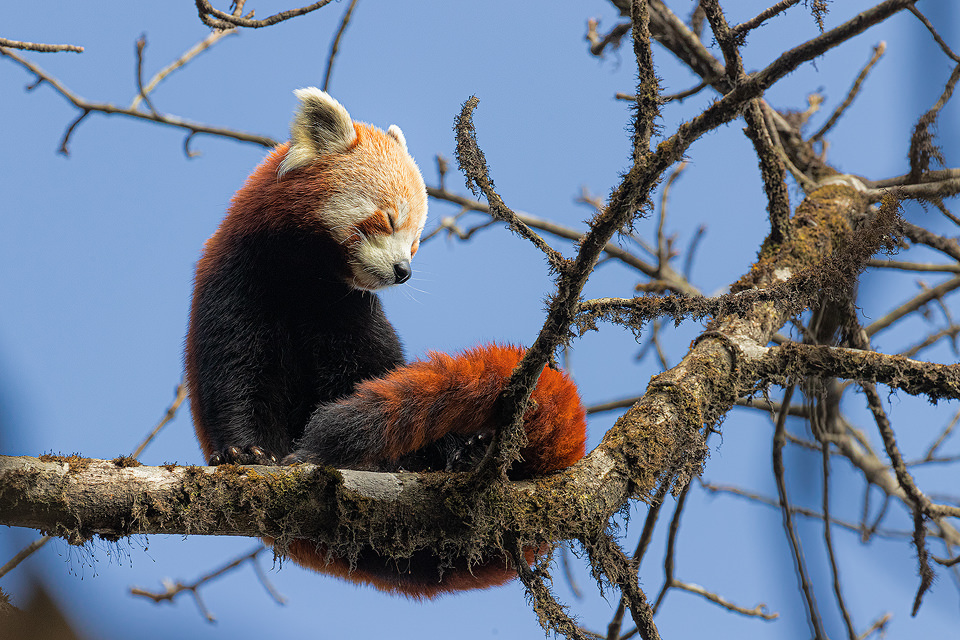
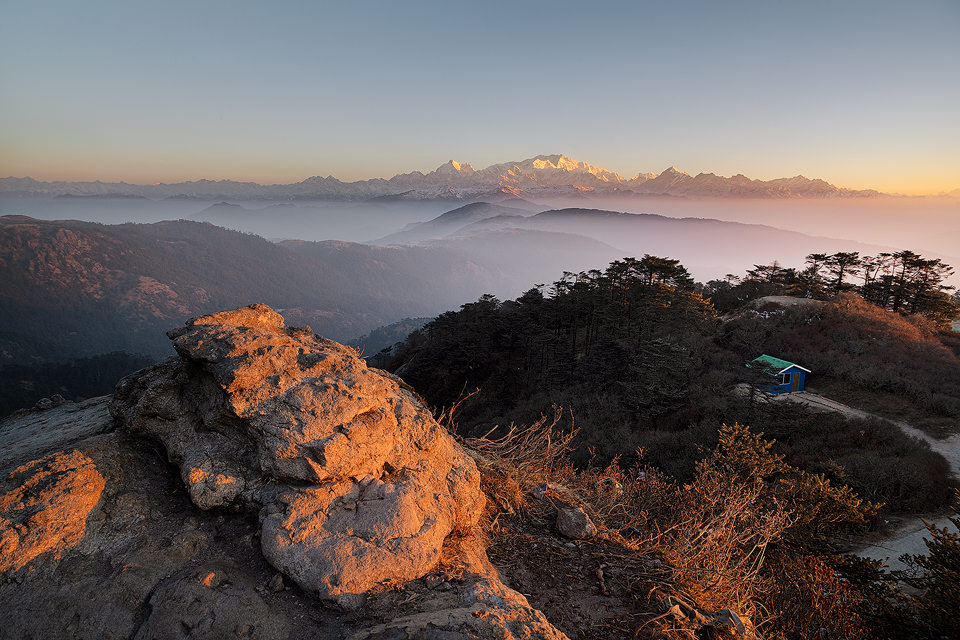

















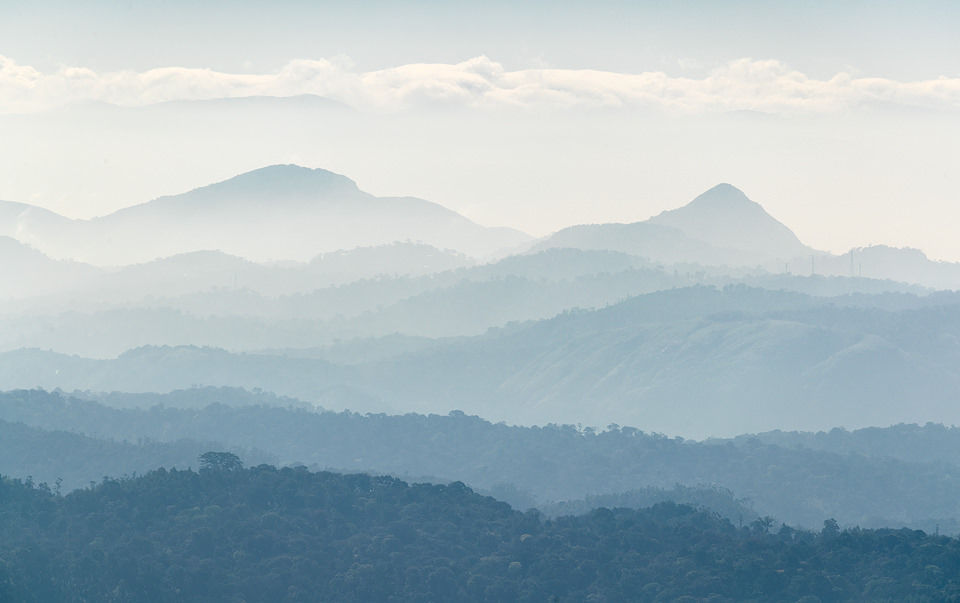

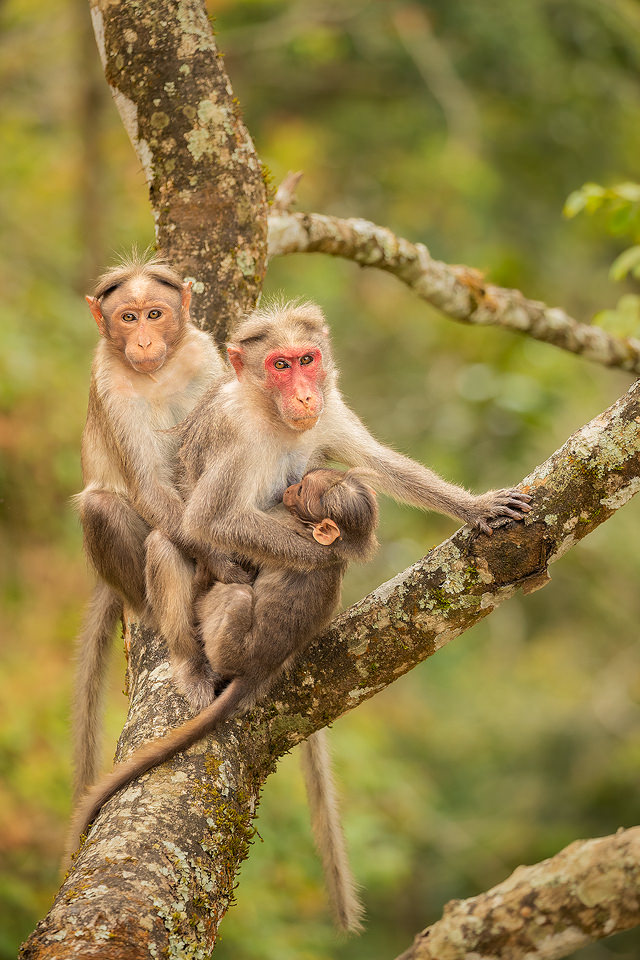
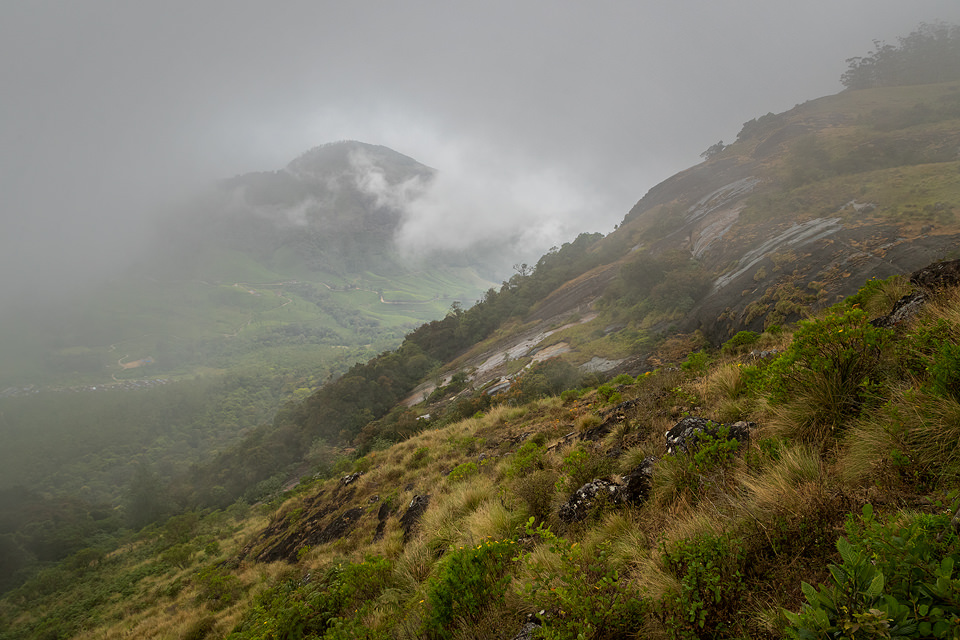
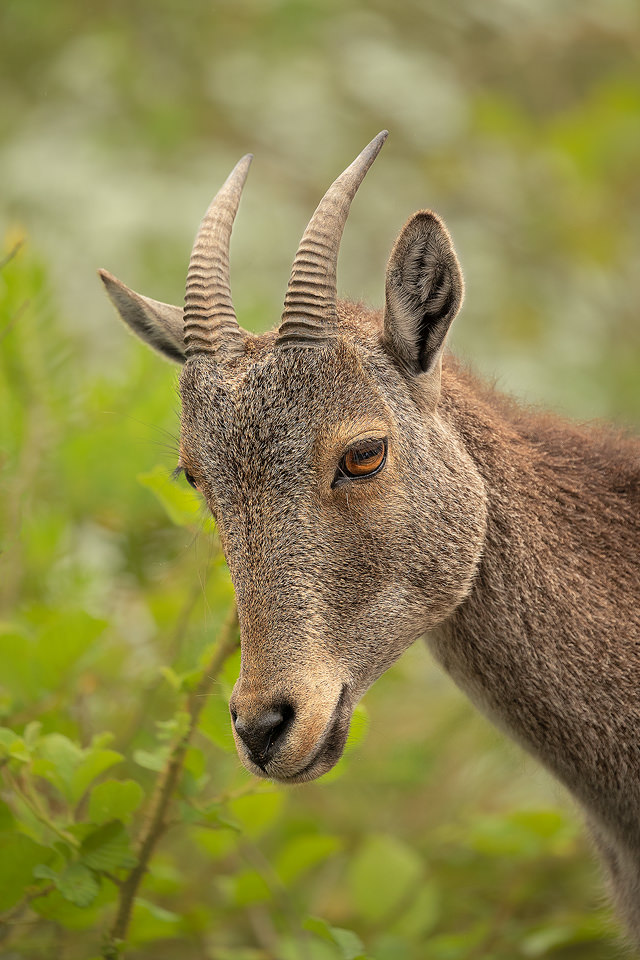
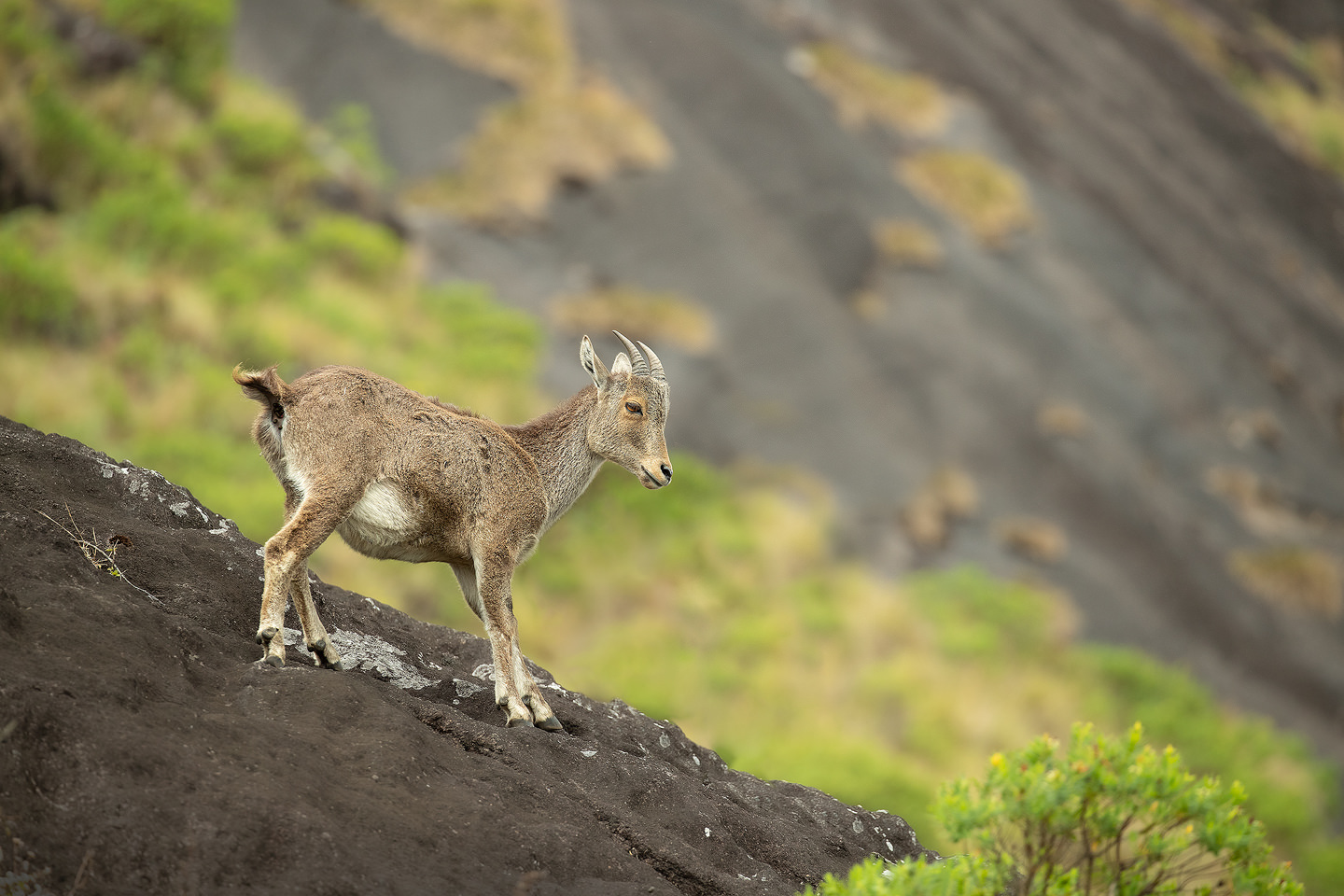
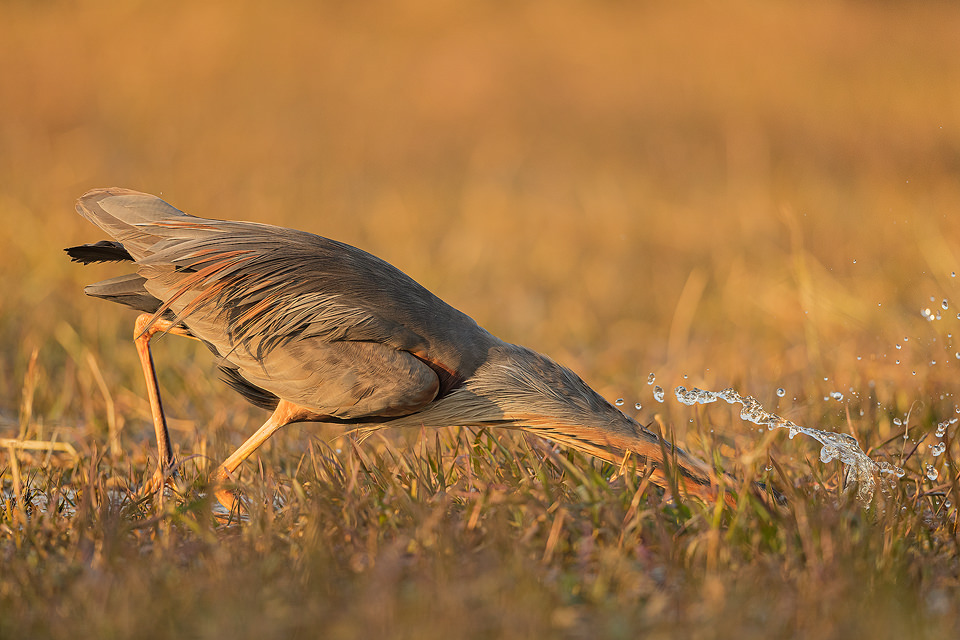
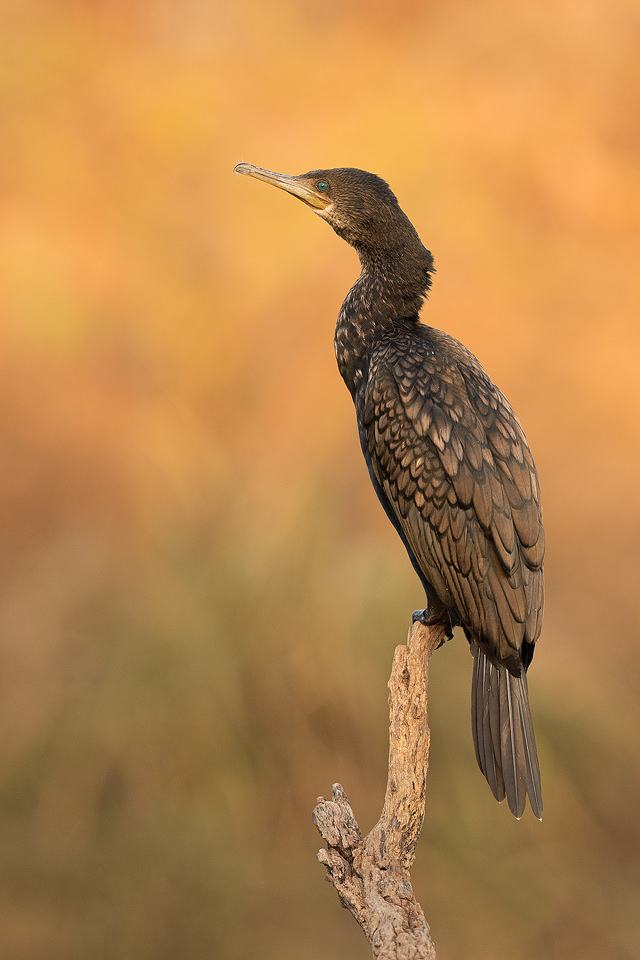
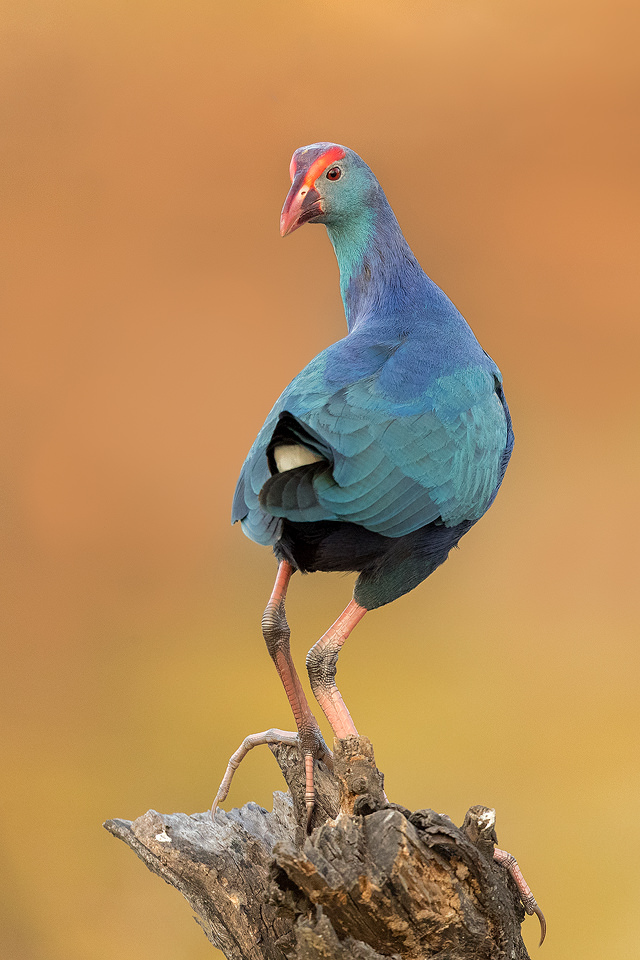
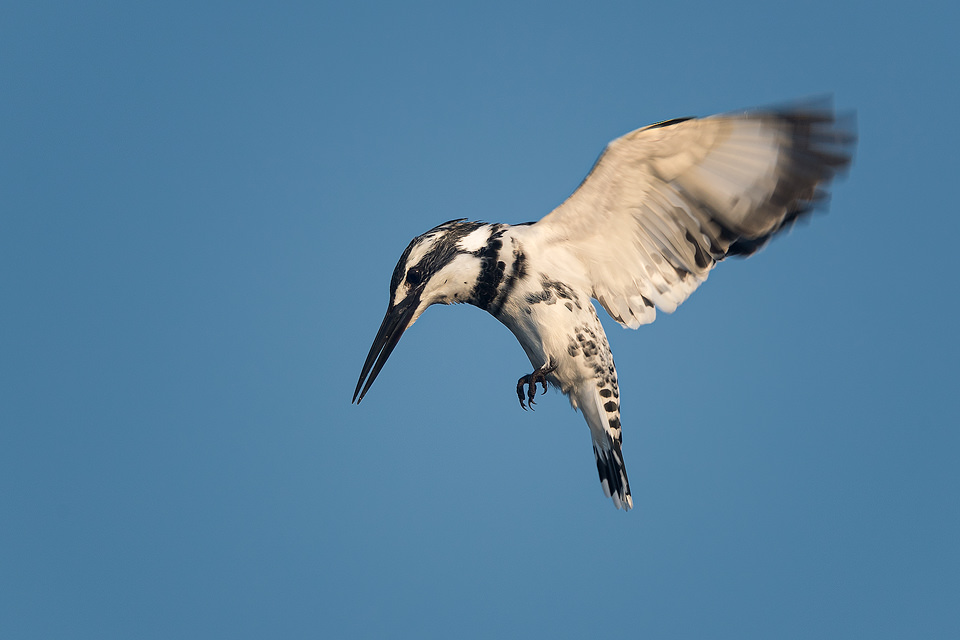
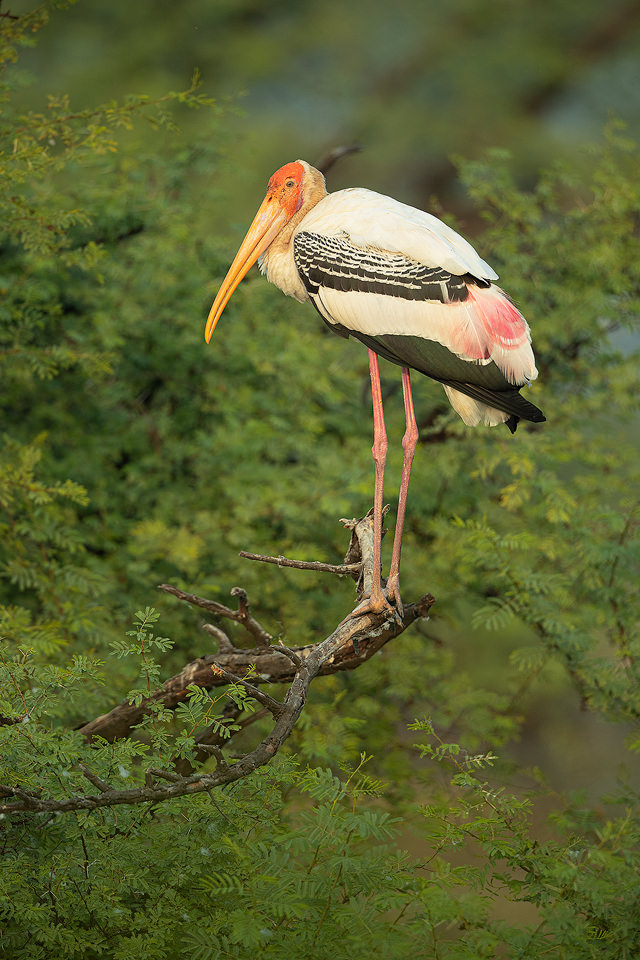
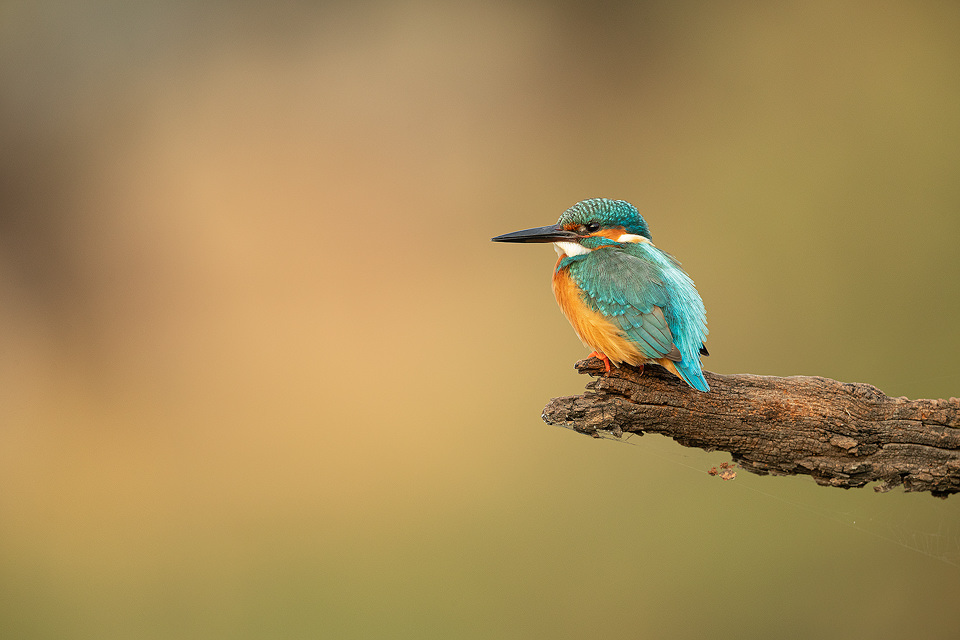
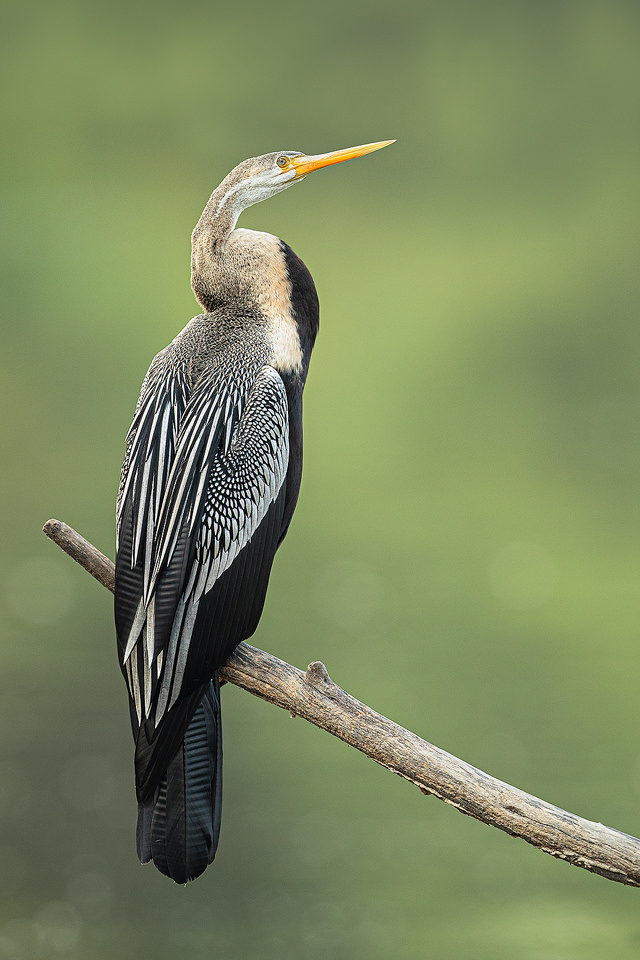
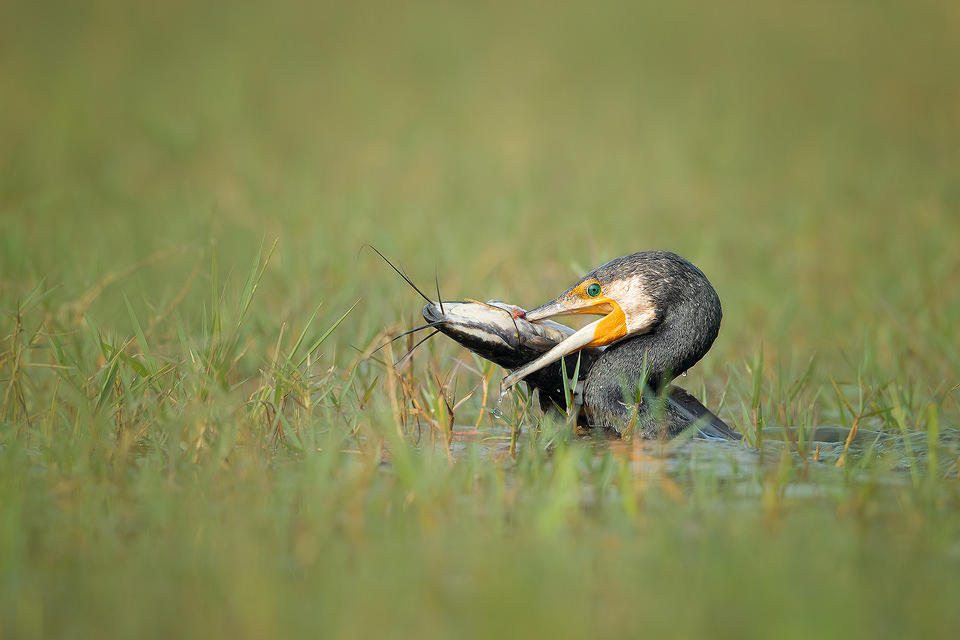
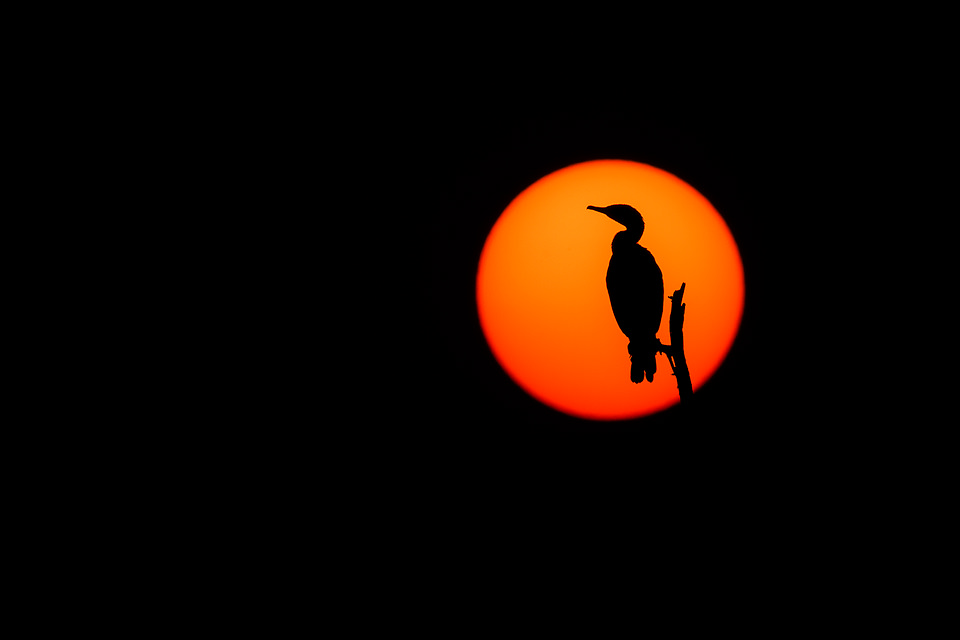
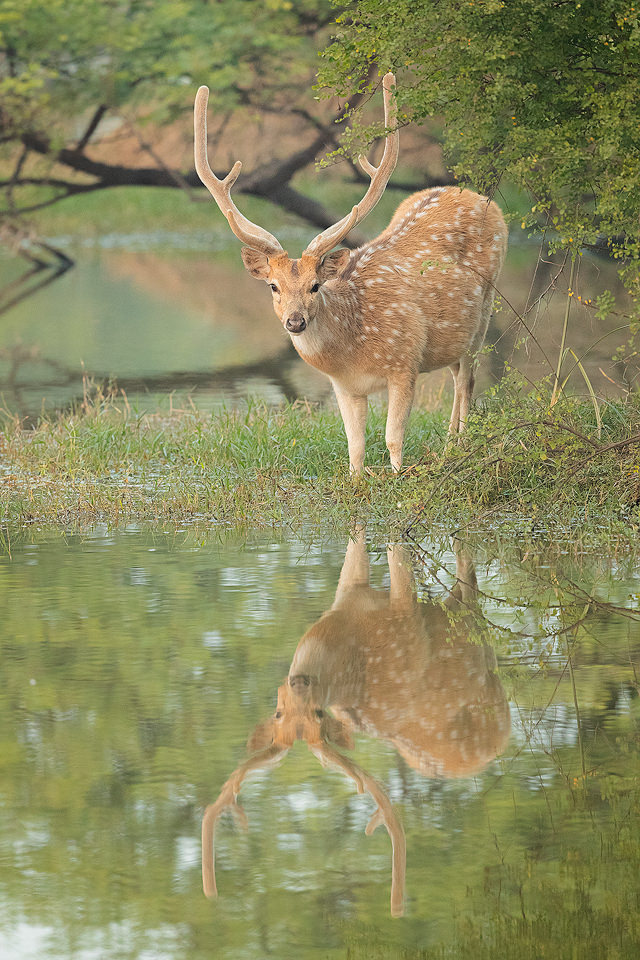
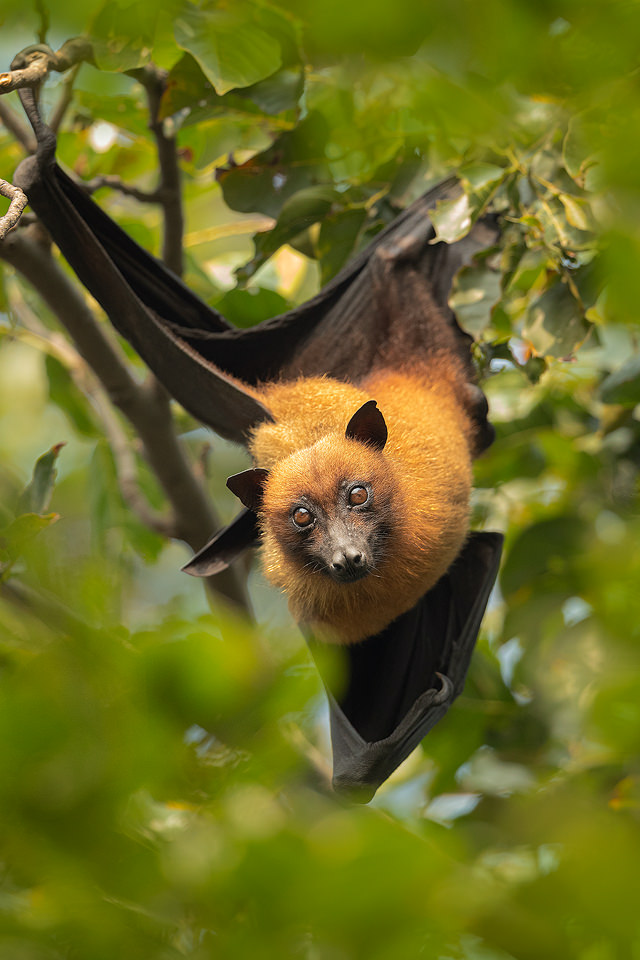
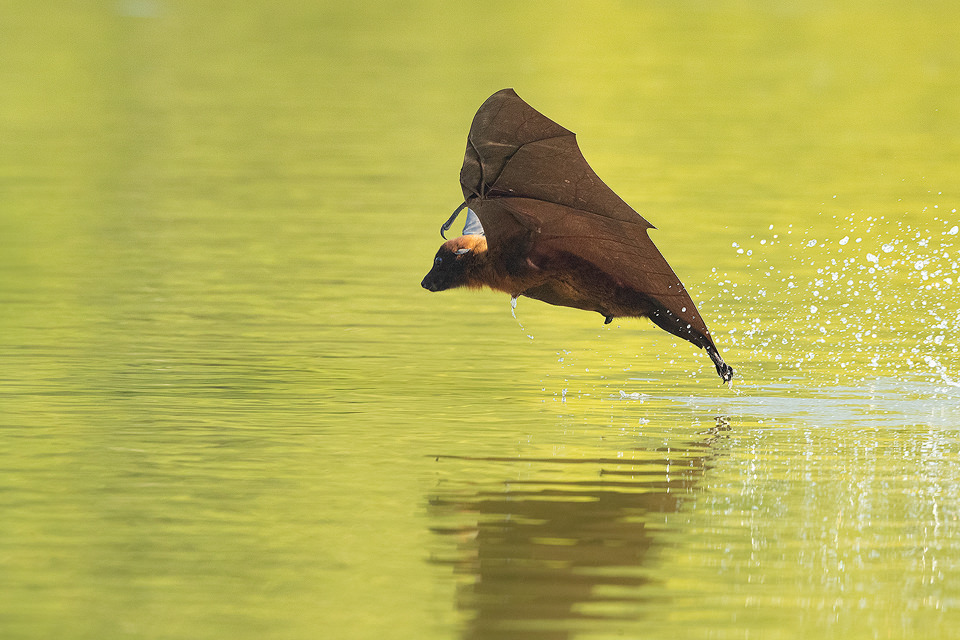
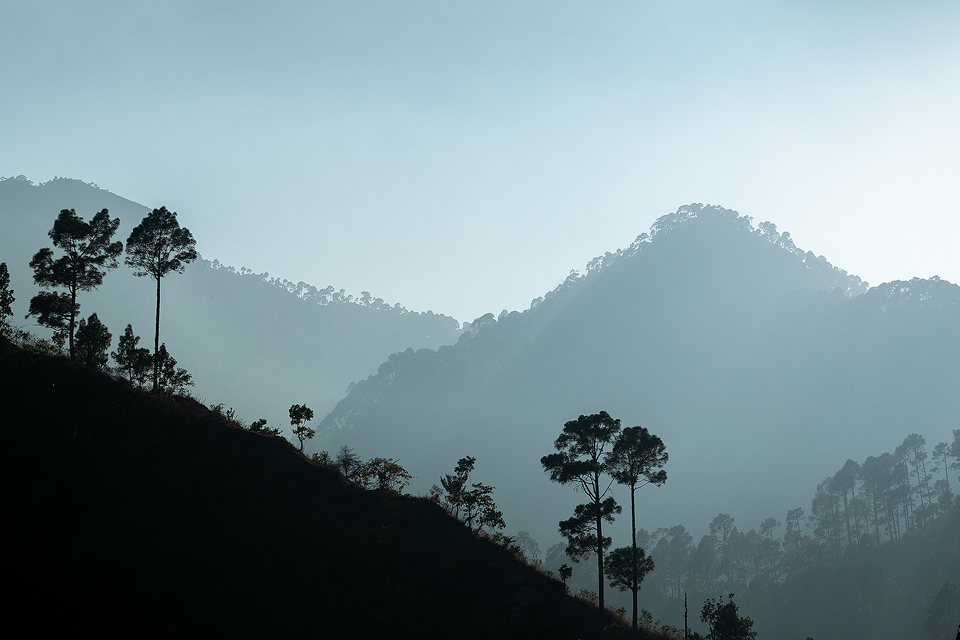
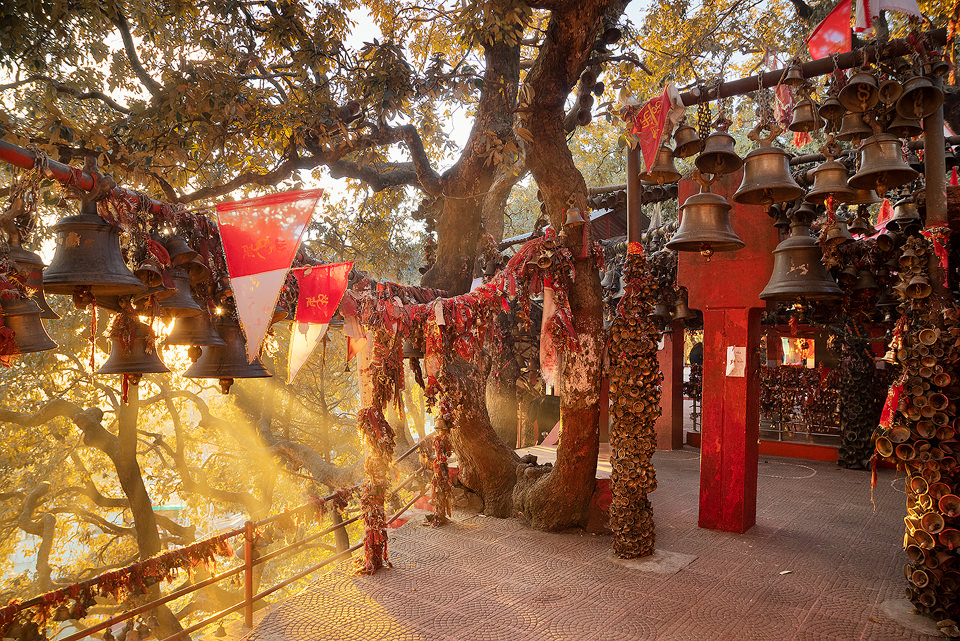
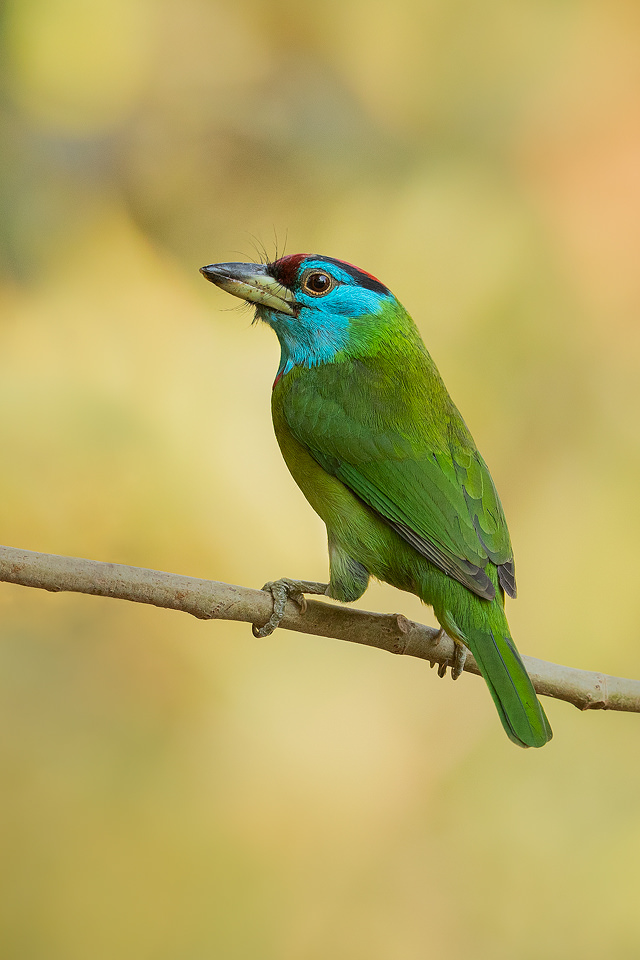
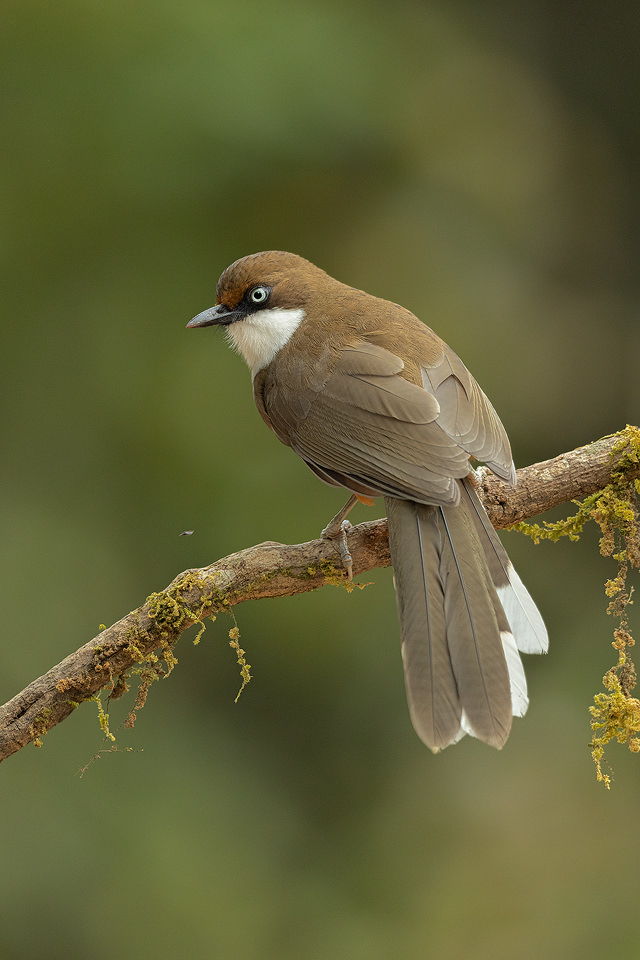
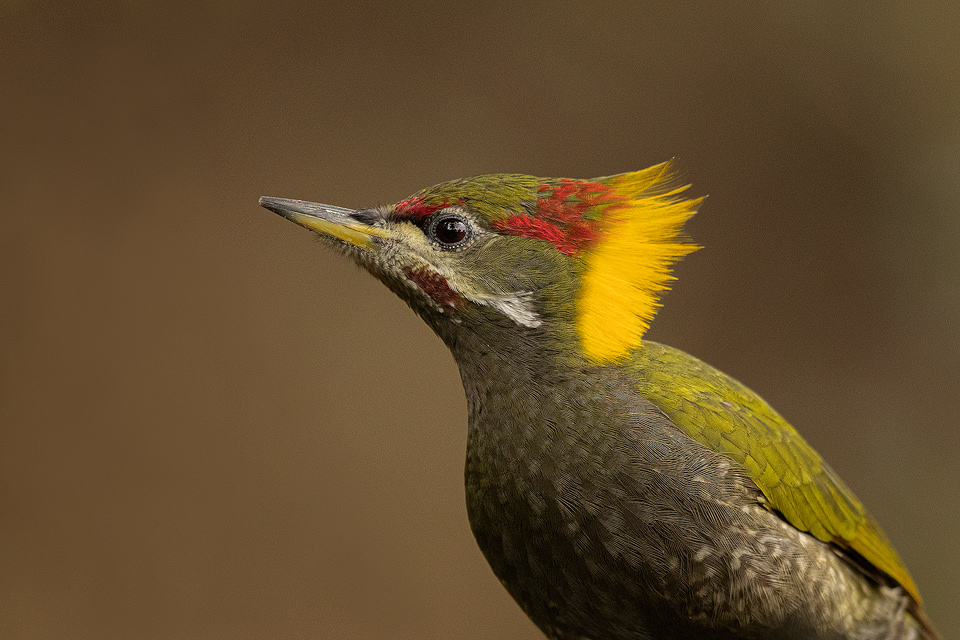
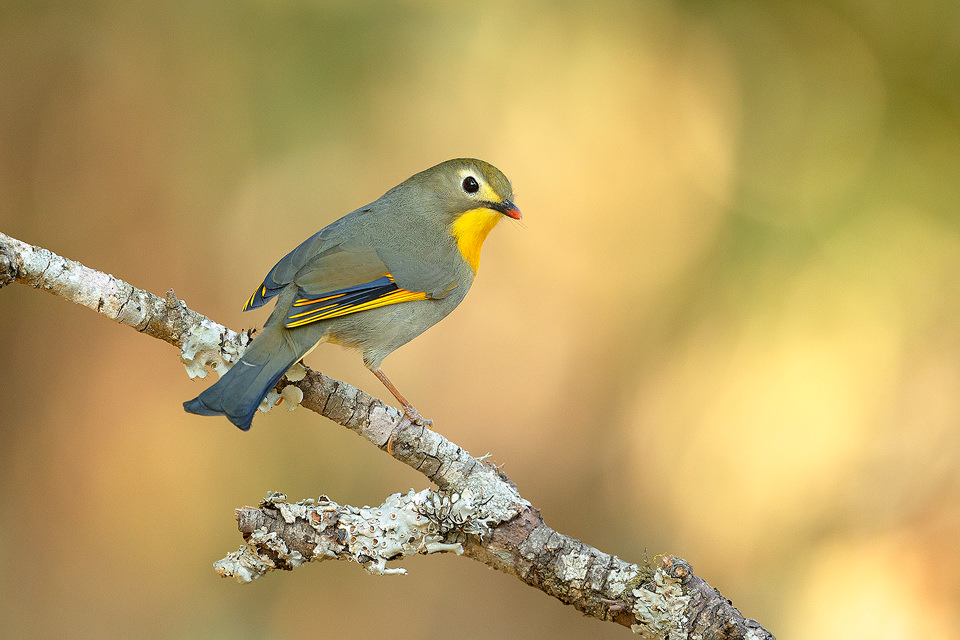
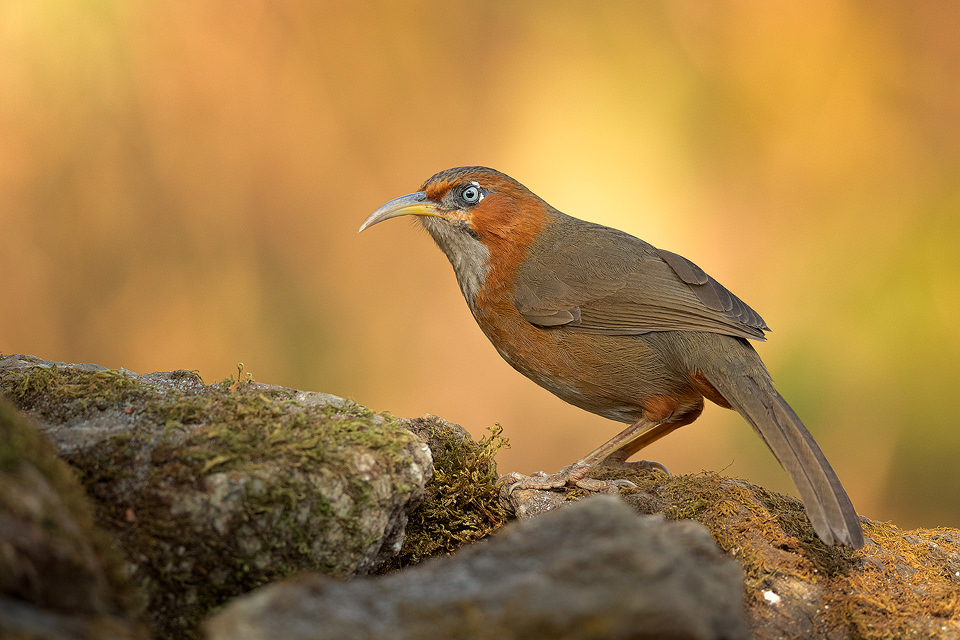
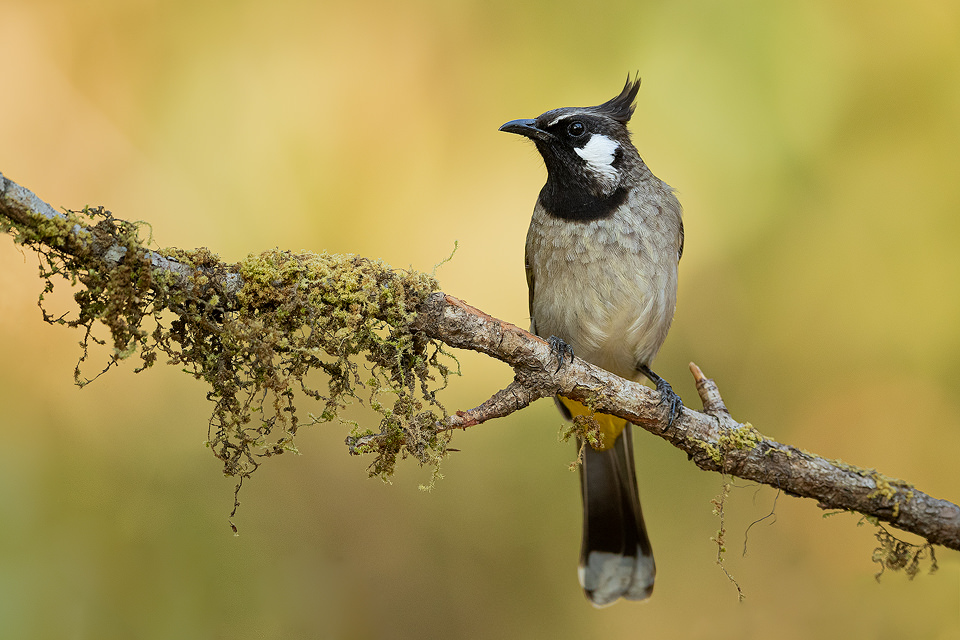
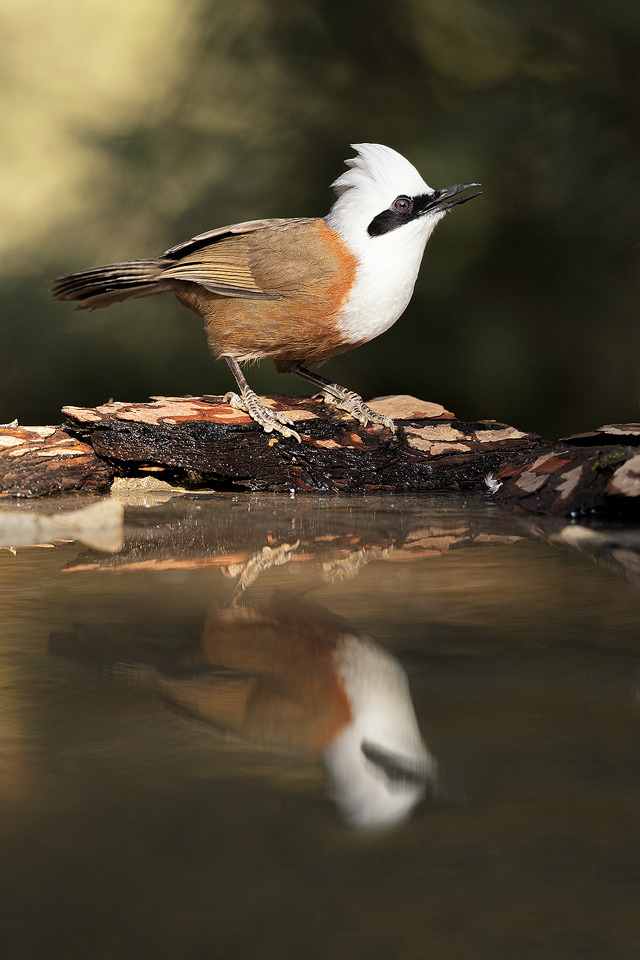

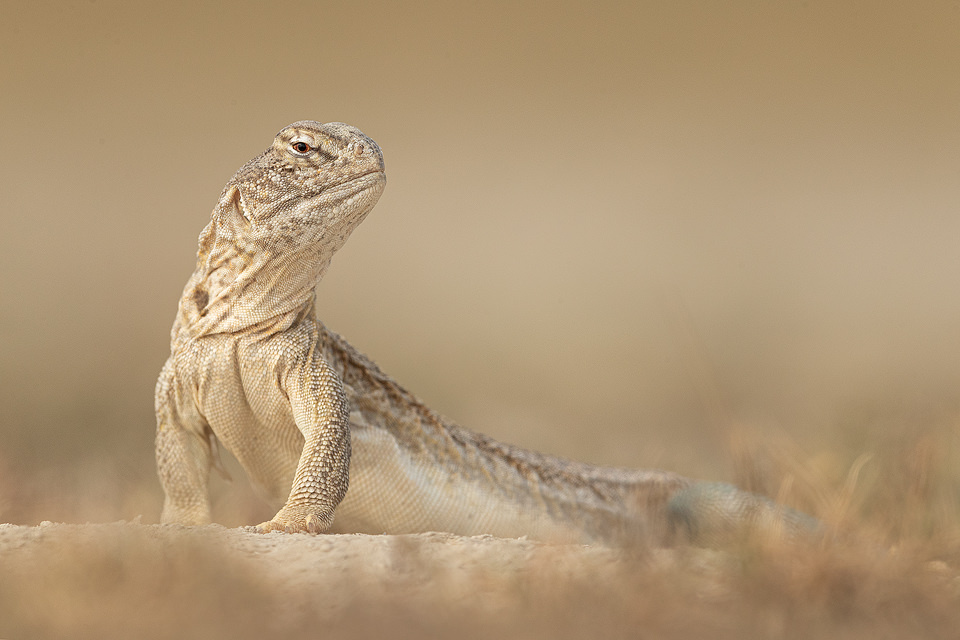
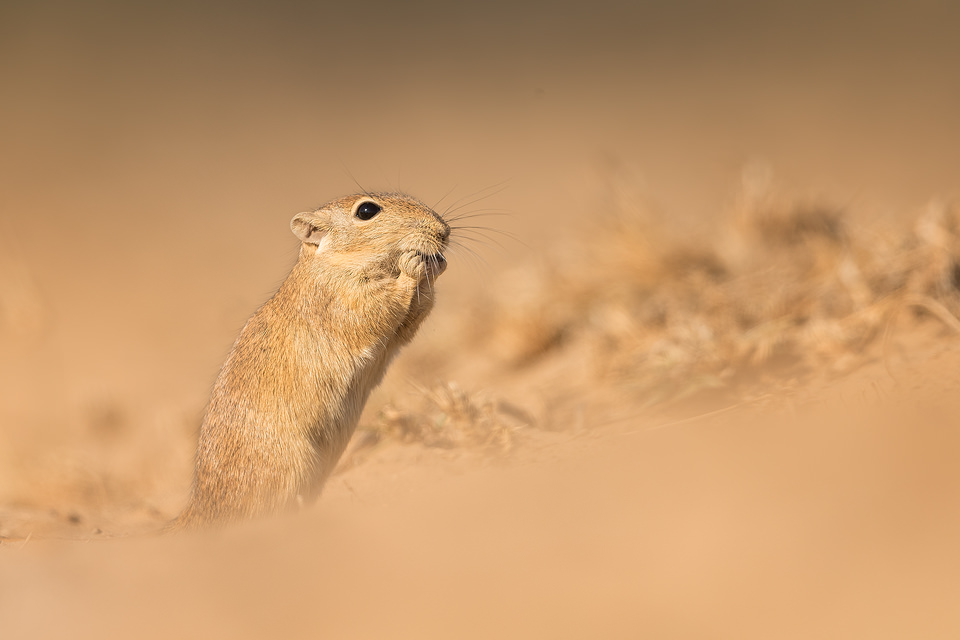
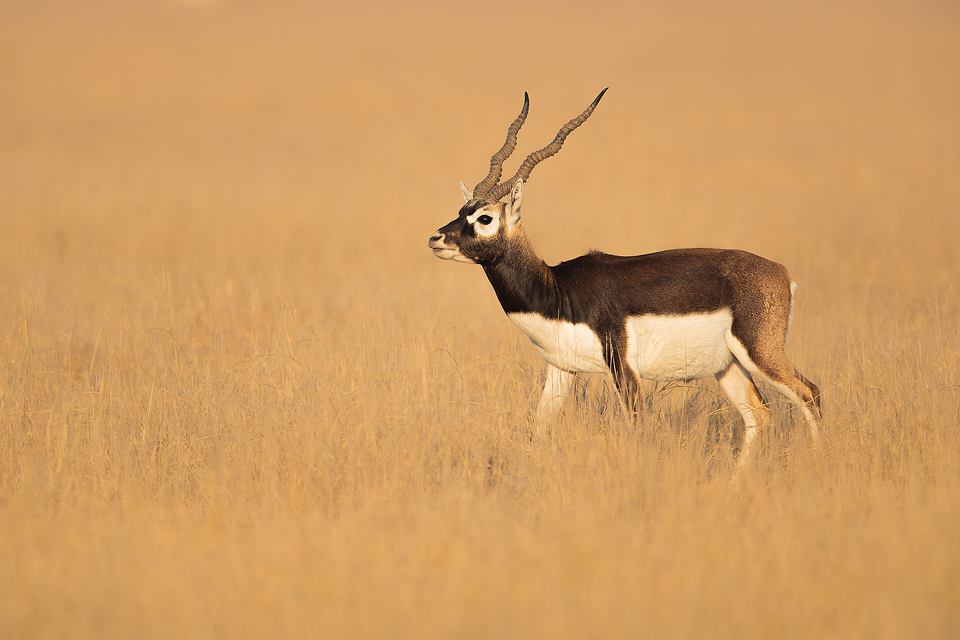
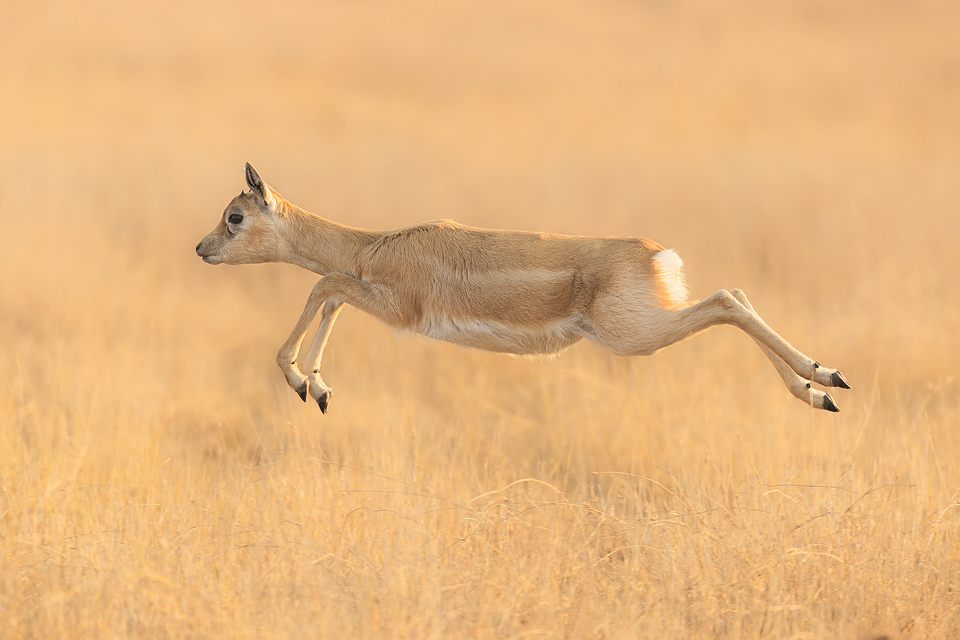

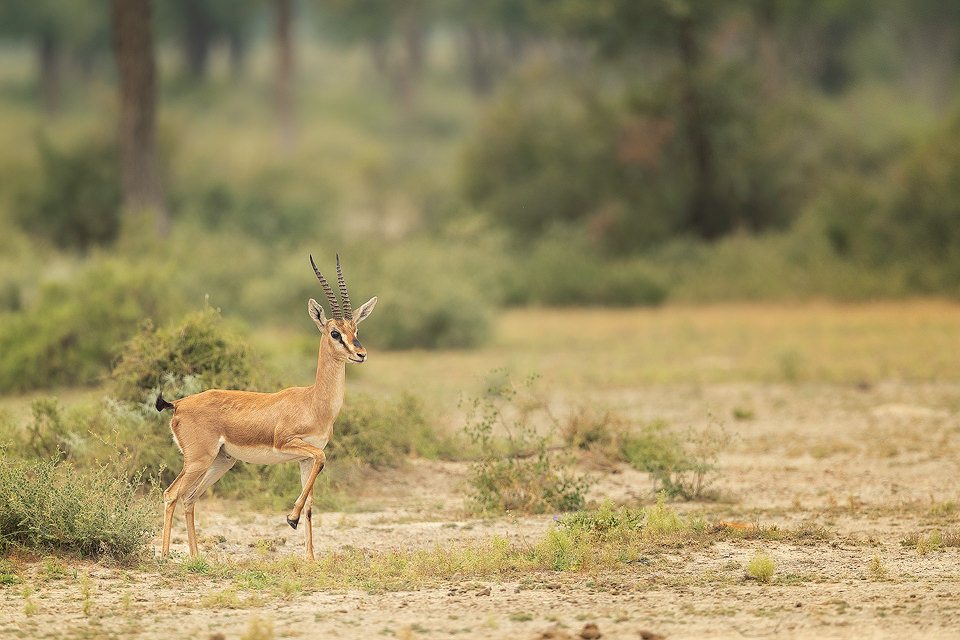
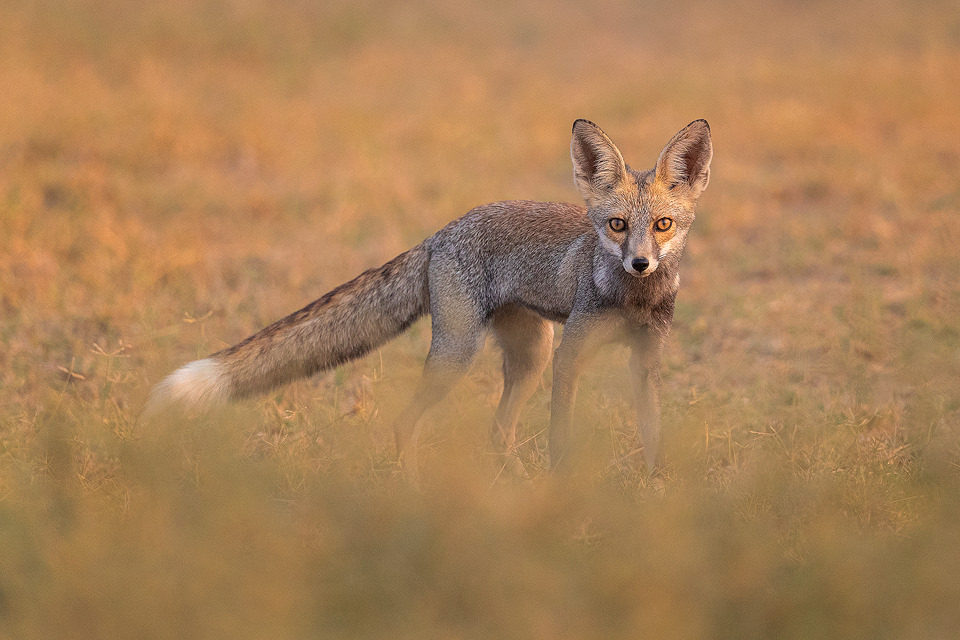

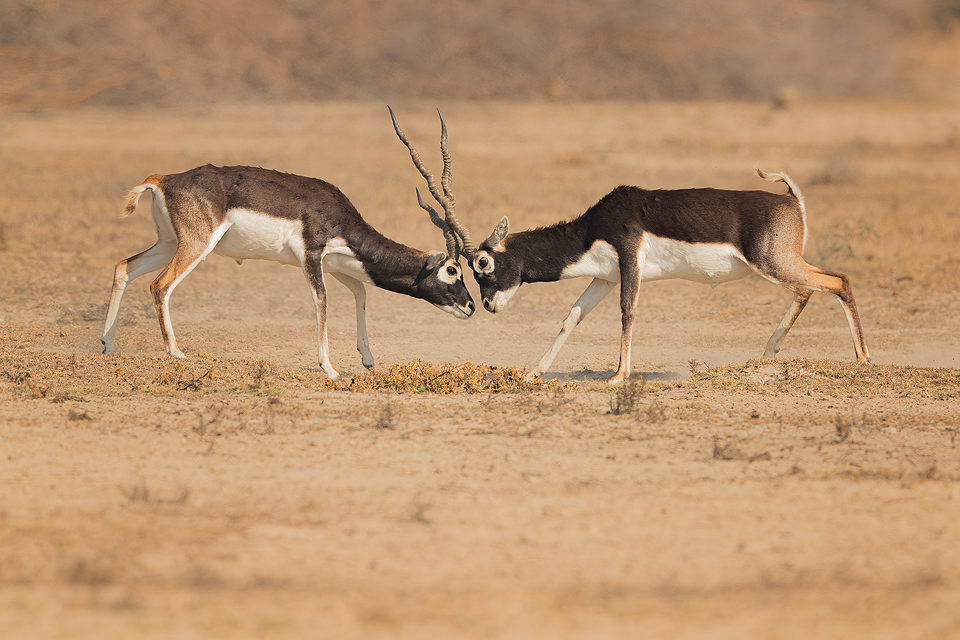



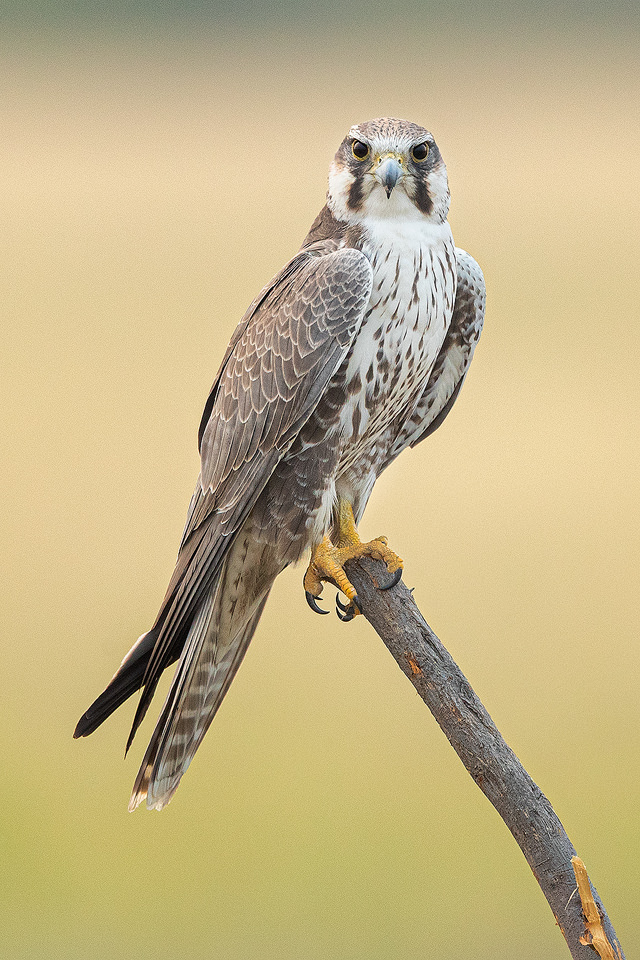

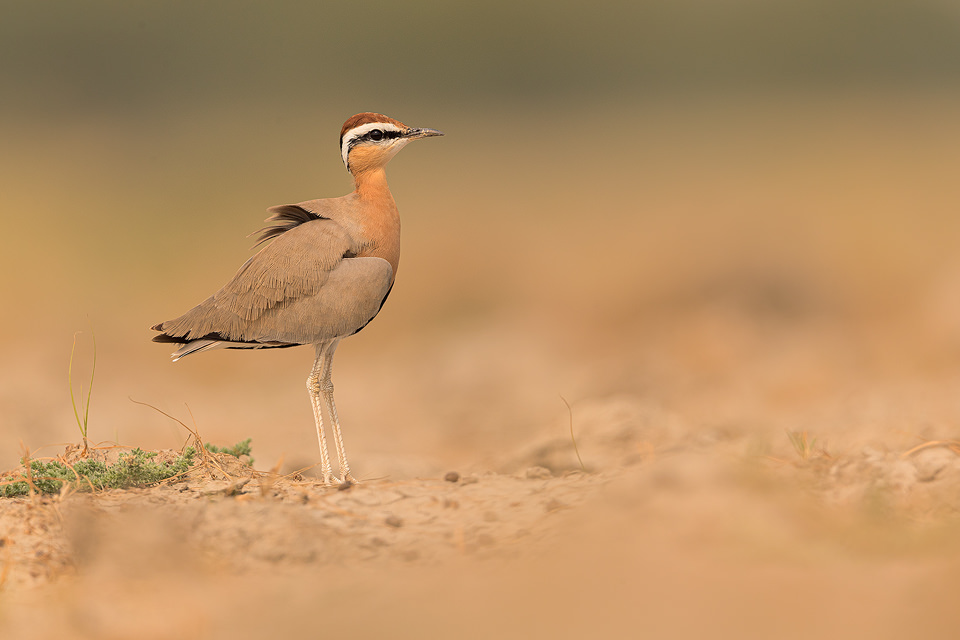



 Steppe eagle
Steppe eagle
